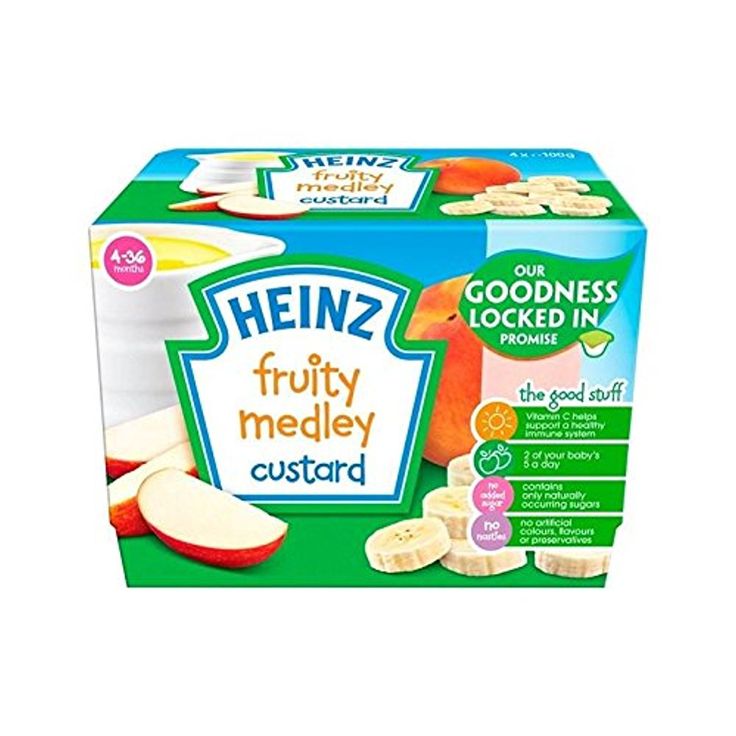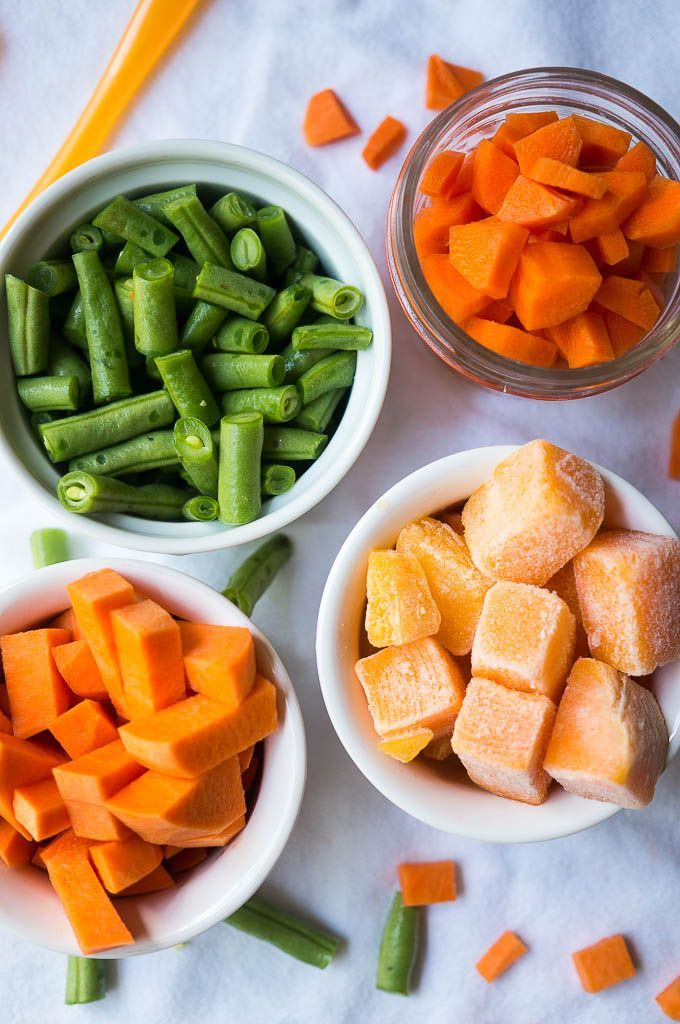Good fibre foods for babies
30 High Fiber Foods for Babies and Toddlers to Feed Your Baby the Right Way
Fiber is an important nutrient that keeps our digestive system running smoothly. Here are the top healthy High Fiber Foods for Babies and Toddlers.
What is Fiber?
Health Benefits of High Fiber Foods:
30 High Fiber Foods for Babies and Toddlers
1. Oatmeal
2. Whole Grain Cereal
3. Apples
4. Pears
6. Avocado
7. Mango
8. Pineapple
9. Prunes
10. Nuts Powder
11. Carrots
12. Beetroot
13. Sweet potatoes
14. Green Peas
15. Beans
16. Leafy Greens
17. Broccoli
18. Yogurt
20. Millet
21. Berries
22. Whole-grain Bread
23. Whole-grain Pasta
24. Brown Rice
25. Barley
26. Whole Grain Cereal
27. Dried Beans
28. Pomegranate seeds
29. Corn
30. Nuts and Seeds
Frequently Asked Questions
What baby foods have the most fiber?
How can I add more fiber to my baby’s diet?
Buy Healthy Nutritious Baby, Toddler food made by our own Doctor Mom !
As parents, we try our best to plan our kids meals so they get all the nutrients they need. We focus a lot on protein, iron, calcium and healthy fats. However, one thing that often gets missed out is this – fiber. Experts across the board say that for all a healthy digestive system, you need three things – fiber, fluids and fitness. Remove any one of this and you’re in for some trouble – especially in the bathroom!
What is Fiber?
Fiber is the undigestible part of the plant-based food we eat, like fruits, vegetables, legumes and grains. There are two types of fiber – soluble and insoluble.
- Soluble Fiber can dissolve in water. It slows down digestion, making us feel fuller for longer.
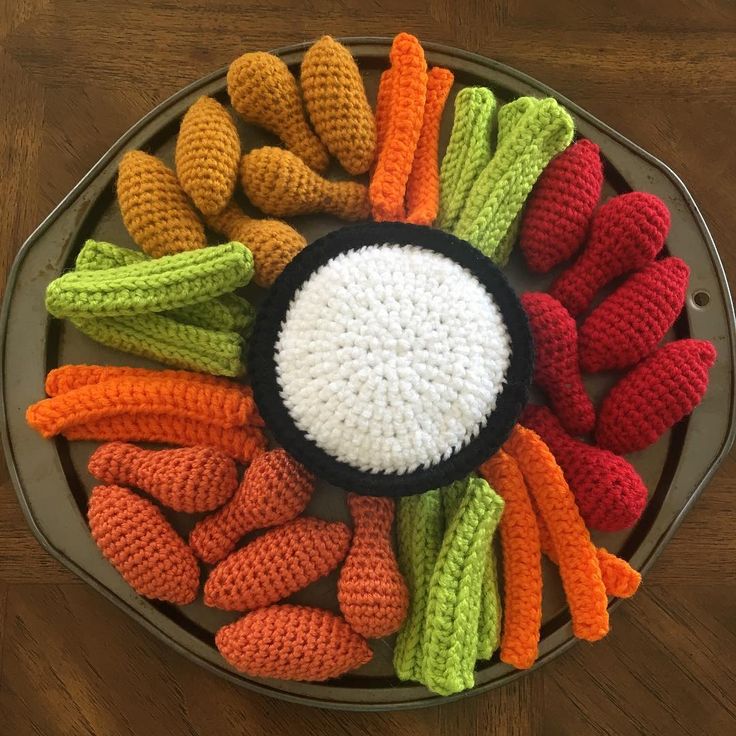 Soluble fiber is found in oats, barley, fruits and legumes like beans or peas.
Soluble fiber is found in oats, barley, fruits and legumes like beans or peas. - Insoluble fiber does not dissolve in water. It adds bulk to stool and pushes it through the digestive system, easing elimination from the body. Insoluble fiber is found in wheat bran and grains.
Both kinds of fiber are important for a healthy digestive system. Along with the right amount of water, it ensures easy and regular movements, while also promoting better absorption of nutrients.
Every person needs 14 grams of fiber for every 1000 calories they consume in a day. For babies, this translates to about 55 to 110 grams of soft cooked high fiber vegetables a day. For older children, this can be broken down as:
- Toddlers (1-3 years old) – 19 grams of fiber a day
- Young Children (4-8 years old) – 25 grams of fiber a day
- Older girls and teens (9-18 years old) – 26 grams of fiber a day
- Older boys (9-13 years old) – 31 grams of fiber a day
- Teen boys (14-18 years old) – 38 grams of fiber a day
If this is hard to remember, a rule of thumb is to add 10 to the child’s age (for children 5 and above).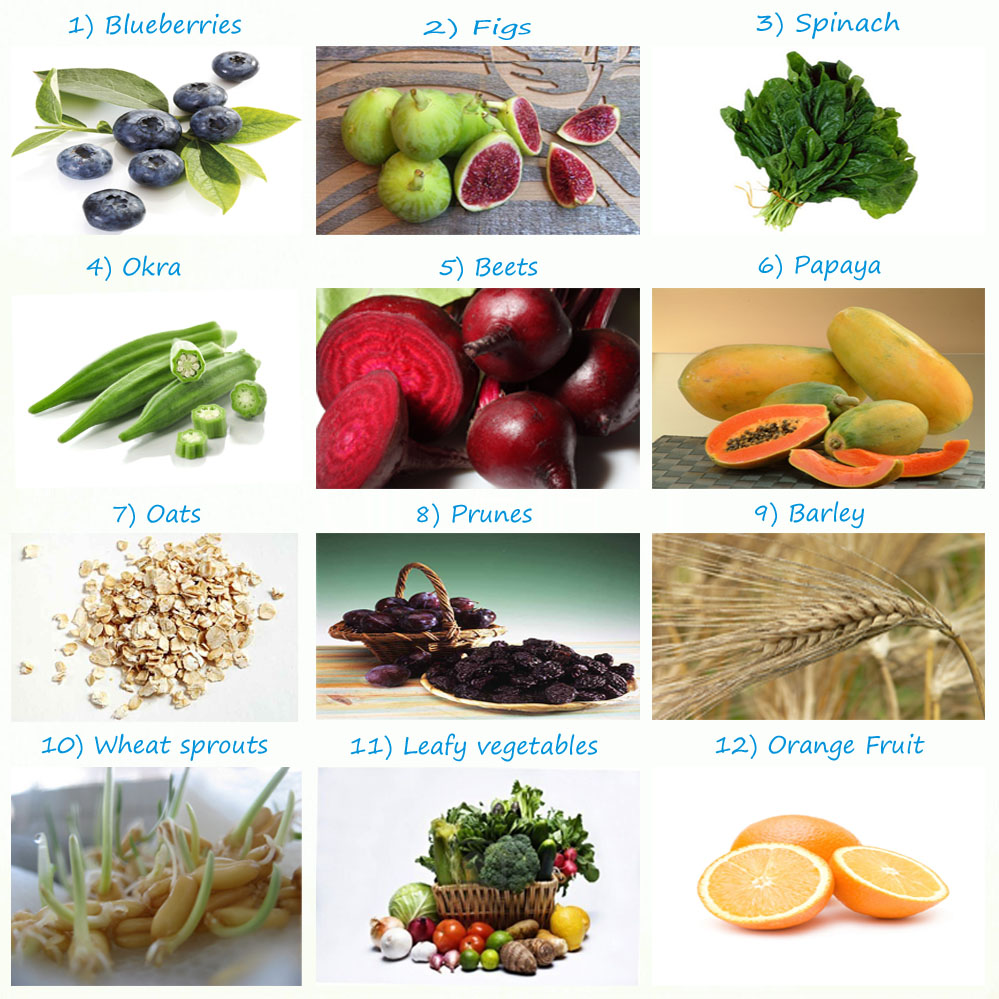 For example a 9 year old would need 19 grams of fiber a day. Ensuring 5 servings of fruits and vegetables a day also helps.
For example a 9 year old would need 19 grams of fiber a day. Ensuring 5 servings of fruits and vegetables a day also helps.
Health Benefits of High Fiber Foods:
- Keeps the digestive system working properly
- Prevents and treats constipation
- Is filling and doesn’t make the child hungry soon
- Prevents overeating and obesity
- Prevents diabetes
- Lowers bad cholesterol
- Prevents heart disease
- Lowers the risk of cancer
- Ensures absorption of nutrients
Besides these benefits, eating high fiber foods for babies and toddlers also prevents nutritional deficiencies, since most fiber-rich foods are rich in minerals vitamins and antioxidants. On the other hand, not having enough fiber can lead to several problems:
- Firm, hard and dry stools
- Infrequent bowel movements
- Crying when trying to pass stools
- Unwillingness to go to the toilet
- Hard and swollen abdomen
- Abdominal pain
- Low appetite
- Bleeding while pass
In severe cases, this can cause stool retention and impaction with stool leakage.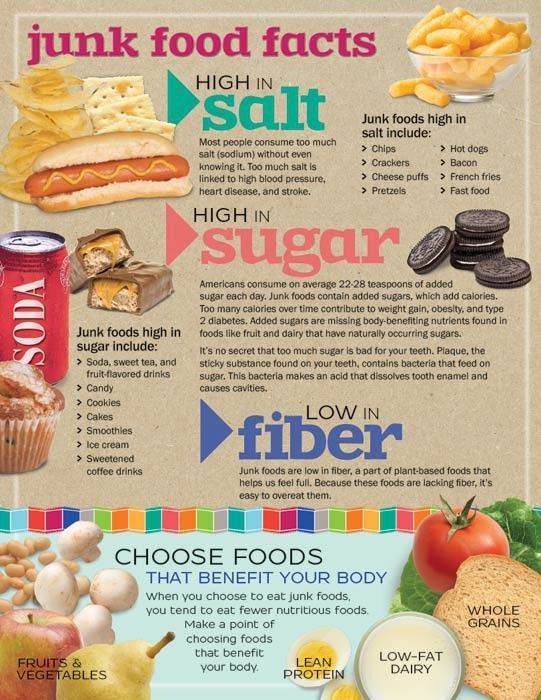
These problems can be fixed with a diet rich in high fiber foods, sufficient water intake and physical activity. A food is considered a high fiber food if it has at least 3-5 grams per serving. It can be heard to go around calculating the individual fiber content of each food, so we’ve rounded up the top high fiber foods for babies and toddler.
30 High Fiber Foods for Babies and Toddlers
List of high fiber foods for babies and toddlers
1.
OatmealOatmeal is one of the easiest ways to increase the fiber in your little one’s diet. Even babies over 6 months can have oatmeal, and it with 4 grams of fiber in a cup of cooked oatmeal, it’s an excellent choice for school going kids too! Go for organic oatmeal to get added health benefits. Try these recipes with oats for your baby:
- Organic Oats Porridge
- Banana Oats Cereal
- Oats Khichdi
- Curd Oats Khichdi
For older kids, try these:
- Oats Egg Custard
- Banana Coconut Oats Porridge
- Carrot Oats Muffins
You can find many more healthy recipes in our list of oats recipes for babies and toddlers.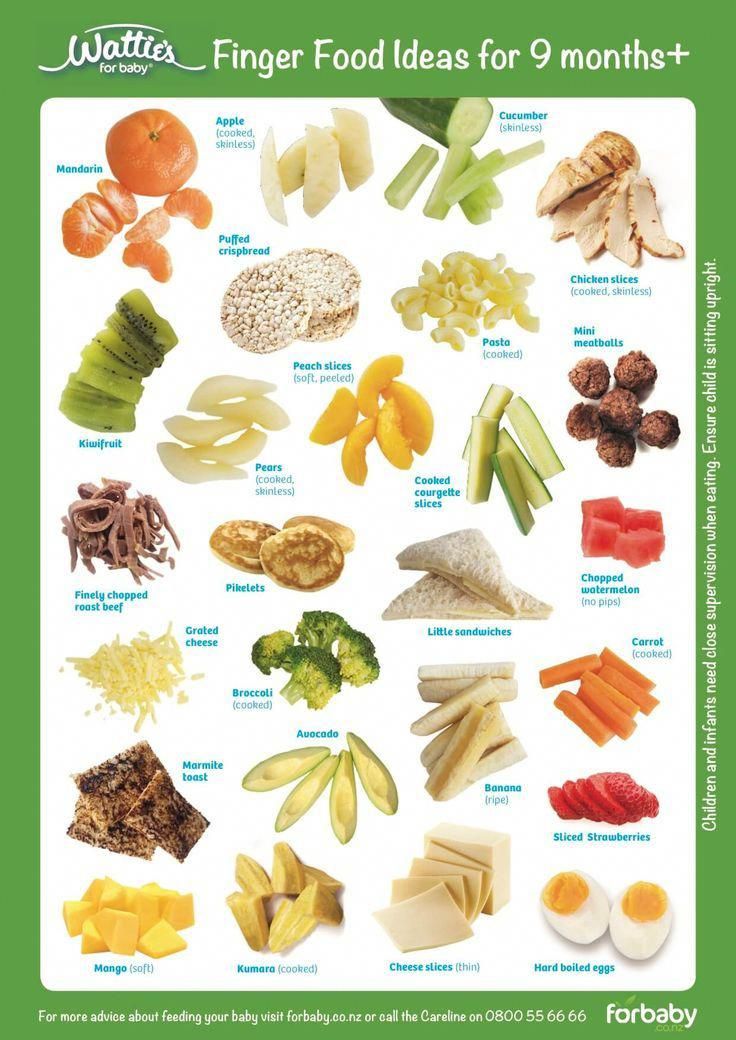
2. Whole Grain Cereal
Baby cereal is a big part of a baby’s diet for the first year, so make sure you choose a cereal that’s high in fiber. Brown rice cereal, barley cereal or oats cereal are all good options. You can also try these recipes:
- Homemade Brown Rice Cereal
- Homemade Barley Cereal
- Banana Makhana Cereal
You can also make many other dishes with baby cereal, for both babies and older kids.
3. Apples
Apples are what most Moms opt for as the first fruit to feed their babies. They’re naturally sweet, easy to digest and have 3.6 grams of fiber in a small apple. With loads of benefits, apples are an excellent choice, especially when fed with the peel on for older kids. For babies, you can try these recipes:
- Apple and Cottage Cheese Puree
- Broken Wheat Apple Halwa
- Apple Ragi Porridge
Older kids will enjoy these:
- Quinoa Apple Porridge
- Apple Protein Milkshake
- Apple Whole Wheat Pancakes
You can also check out our list of healthy apple recipes for babies under one.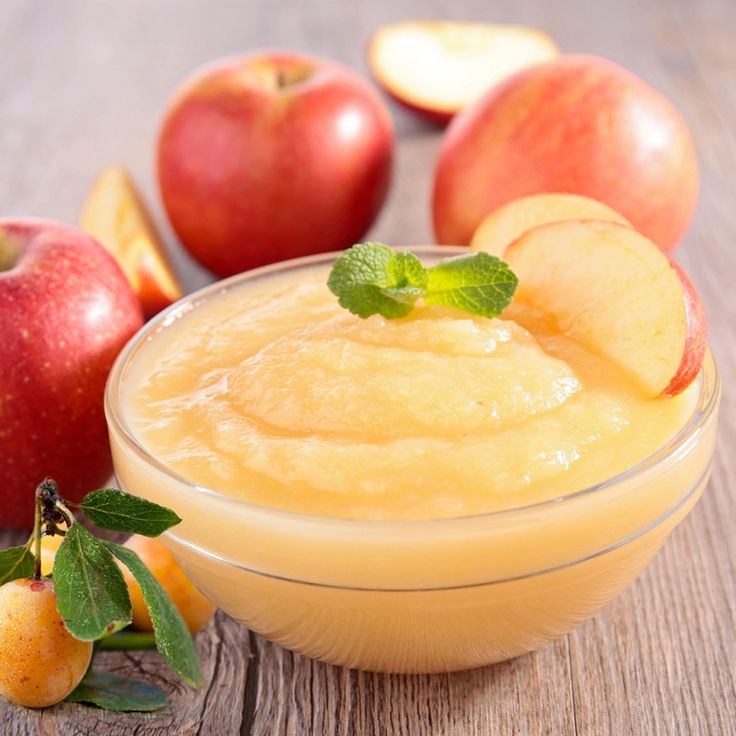
4.
PearsJust like apples, pears are sweet juicy and rich in fiber. A medium pair provides 5.5 grams of fiber, provided it has its skin on. Pears are also easy to feed babies and are easy to digest. You can try these pear recipes for your baby:
- Pear Puree
- Apple Pear Cinnamon Puree
5. Bananas
Bananas – the most preferred way of sweetening baby food without sugar! A medium banana packs 3.1 grams of fiber, making it one of the easiest ways of increasing your child’s fiber intake. From babies to teens, a banana is the ideal travel snack too. Try out these banana recipes for your baby:
- Banana Ghee Fry
- Strawberry Banana Puree
- Kiwi Banana Puree
- Ragi Banana Halwa
For older kids, you can try these:
- Banana Oats Pancakes
- Banana Omelette Recipe
- Barnyard Millet Banana Bread
All bananas have fiber, and raw Kerala bananas help babies gain weight too.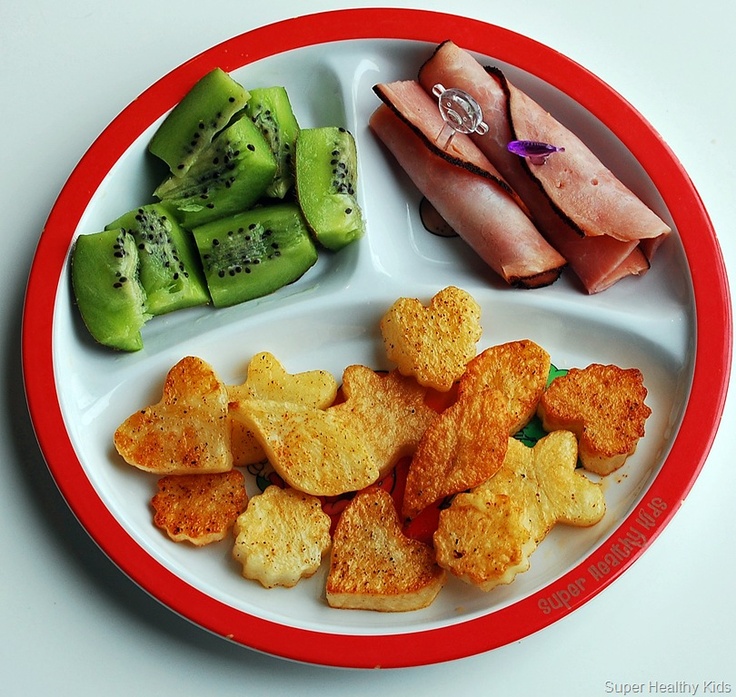 Check out our list of healthy Kerala banana recipes.
Check out our list of healthy Kerala banana recipes.
6. Avocado
This creamy delicious fruit finds place in many recipes ranging from sweet to savory. It’s touted as a health food the world over and with good reason – half a cup of avocado has 5 full grams of fiber. Besides, they’re also rich in heart healthy fats. The creaminess of the fruit makes avocado ideal for babies, especially in recipes like avocado puree.
7. Mango
Mango, the king of fruits, is one of those things that kids readily eat, thanks to its juiciness and sweetness. But mango isn’t all about the taste, it’s got loads of fiber too, at nearly 3 grams a cup. While babies can munch on mango slices as finger food, you can also try these recipes:
- Easy Mango Yogurt
- Mango Puree
- Mango Cucumber Soup
Old kids will enjoy mango in these recipes:
- Mango Dates Smoothie
- Homemade Mango Kulfi
- Mango Frooti Concentrate
For more recipe ideas, check out our list of healthy mango recipes for babies and kids.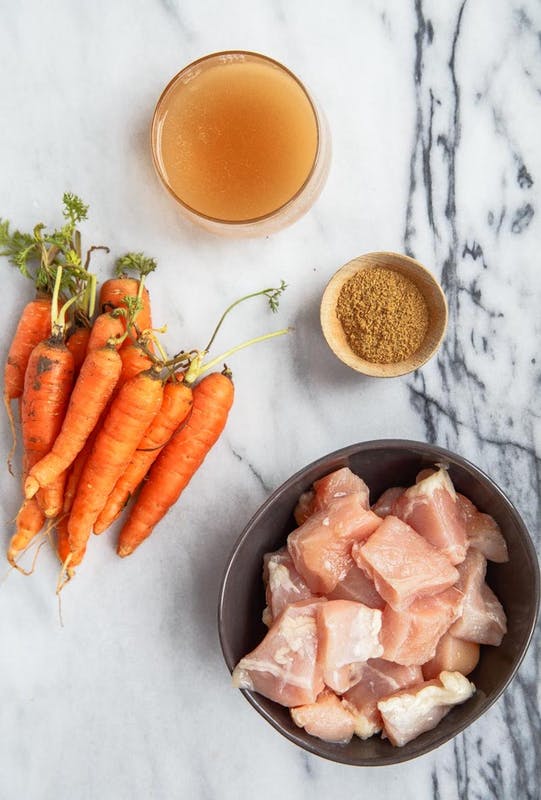
8. Pineapple
The spiky tropical fruit can be fed to babies too! On their own pineapple slices make great teething rings, especially when they’re frozen. What’s more, a cup of pineapple chunks have 2.3 grams of fiber. Besides raw pineapple, you can also try these for your baby:
- Pineapple Carrot Puree
- Pineapple Kesari
Older kids will enjoy an upside down pineapple cake as a healthy afternoon snack!
9. Prunes
Prunes are the number one natural remedy for constipation, and it’s understandable – with 3 grams of fiber in just quarter of a cup, this is a fiber super food! Even little babies can have prunes, both as prevention and treatment for constipation.
10. Nuts Powder
All kinds of nuts are rich sources of fiber and loads of other nutrients including healthy fats. However, nuts can prove to be a choking hazard for babies and young kids, so nuts powder is the best option. You can try either of these:
- Dry Fruits Powder
- Mixed Nuts Powder
This powder can be mixed into any recipe – it’ll only taste more delicious!
11.
 Carrots
CarrotsCarrots are the apples of vegetables; they’re most babies’ first veggie! Not surprising, since carrots are rich in Vitamins A and C, and also have 2.9 grams of fiber in every half cup. Carrot sticks can also be steamed and offered as finger foods. Babies will love these carrot recipes:
- Carrot Puree
- Carrot Oats Porridge
- Carrot Poha Kheer
Older children will enjoy these carrot recipes:
- Egg Carrot Chapathi Roll
- Spiced Carrot Walnut Muffins
- Carrot Cheese Paratha
12. Beetroot
Beetroots are something many children will eat if presented well, since the color itself is so attractive. Not only that, beets are packed with iron, potassium and manganese, as well as a royal 3.8 g in a cup. Try out these beetroot recipes for babies:
- Carrot Beetroot Soup
- Beetroot Chickpea Puree
- Beetroot Pearl Millet Porridge
- Beetroot Potato Pure
- Beetroot Halwa
For older kids, you can try these beetroot recipes:
- Beetroot Burger
- Beetroot Paratha
- Beetroot Rolls
- Beet Applesauce Dip
13.
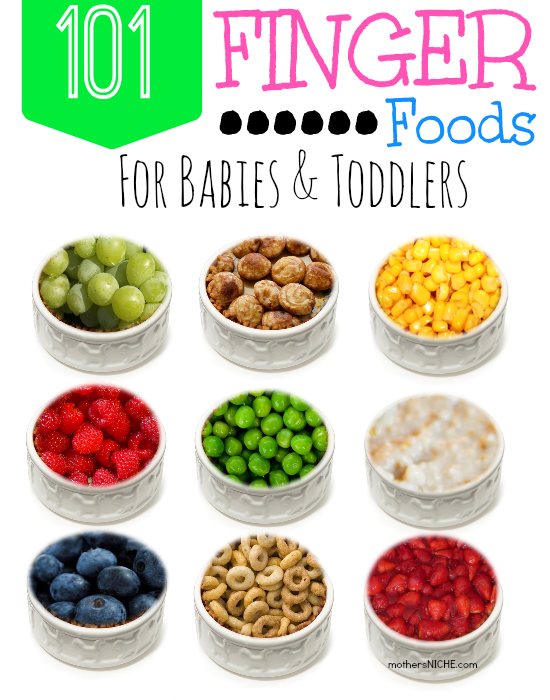 Sweet potatoes
Sweet potatoesPotatoes may be popular, but many of us don’t realize that sweet potatoes are just as good, maybe even better! Along with Vitamins A and C, sweet potatoes provide us with 3.8 grams of fiber per medium sweet potato. The simplest way to feed this to babies is with a sweet potato puree. Older kids will enjoy these recipes:
- Sweet Potato Dosa
- Sweet Potato Fries
- Sweet Potato Bruschetta
Green peas are one of the most versatile vegetables available – you can easily add them to stews, soups, purees and much more! Green peas are a great source of protein, and half a cup of cooked green peas provides 4.4 grams of fiber. Babies can have peas in these recipes:
- Green Peas and Potato Puree
- Buttered Green Pea Mash
Older kids can enjoy green peas as part of these recipes:
- Quinoa Vegetable Upma
- Tofu Bhurji
Green beans are easily available, packed with nutrients and also a huge amount of fiber.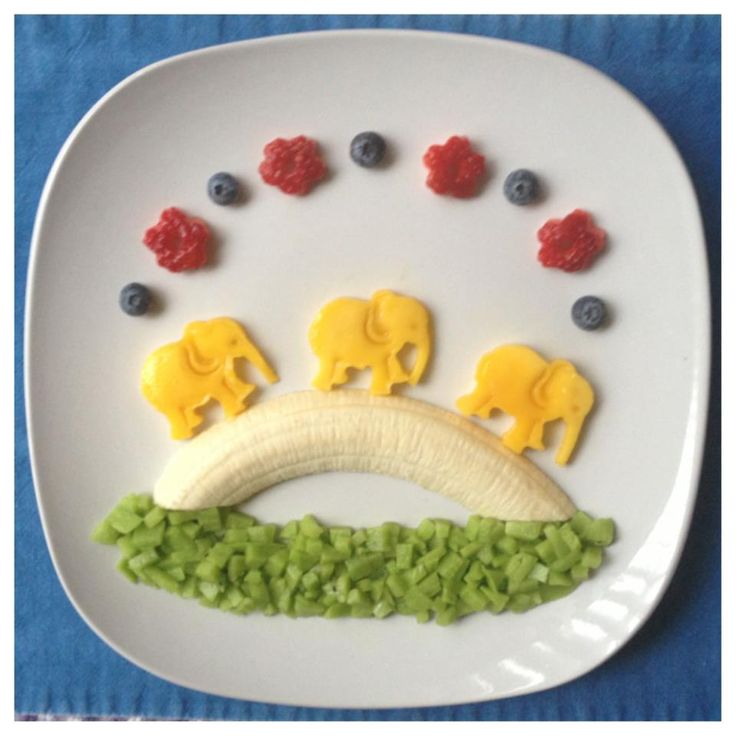 Half a cup of beans contains a whopping 6-9 grams of fiber, making this a must have in your child’s diet. Babies will enjoy green beans in these recipes:
Half a cup of beans contains a whopping 6-9 grams of fiber, making this a must have in your child’s diet. Babies will enjoy green beans in these recipes:
- Green Beans Puree
- Green Beans as Finger Food
16. Leafy Greens
Leafy greens are always included as part of a healthy diet, and we know that they contain loads of vitamins and iron. But did you know that greens like spinach and turnip greens also contain lots of fiber? One cup of cooked spinach contains 4.3 grams of fiber, while a cup of cooked turnip greens contains a good 5 grams! You can give your baby spinach with these recipes:
- Carrot Palak Puree
- Spinach Oat Pancakes
Older kids will love seeing the beautiful green color in these recipes:
- Creamy Spinach Soup
- Spinach Phulka
- Spinach Fritters
- Palak Poha Pakoda
Don’t forget to check out our list of healthy spinach recipes for babies and kids.
17. Broccoli
Broccoli isn’t something most kids eat readily, but there are ways to get kids to like broccoli. And it’s worth the effort too, considering one cup of cooked broccoli contains 5.1 grams of fiber. Broccoli can be given to babies but may cause excess gas, so introduce slowly and in small quantities, with these recipes:
- Broccoli Spinach Puree
- Broccoli Butter Puree
Older kids can try a broccoli mushroom soup. You can also check out our list on healthy broccoli recipes for babies and kids.
18. Yogurt
Yogurt isn’t exactly a high fiber food, but it deserves a place in this list because it contains probiotics and is crucial for a healthy gut and healthy digestion overall. Try these yogurt recipes for babies:
- Homemade Curd
- Homemade Strawberry Yogurt
- Homemade Mango Yogurt
- Coriander Curd Khichdi
- Turmeric Buttermilk
There are many ways to include yogurt in older kids’ food, like these recipes:
- Gopalkala
- Chocolate Yogurt Parfait
- Frozen Yogurt Bark
- Yogurt Fruit Parfait
- Curd Fritters
- Tricolor Fruit Parfait
- Flaxseed
Flax seeds are available in most supermarkets these days and are incredibly versatile since they can be added to anything. What’s more, a tablespoon of flax seeds contains 3 grams of fiber. For little ones, you can grind flax seed at home and sprinkle over their cooked food or into batter or dough before cooking. You can also add it to smoothies and soups.
What’s more, a tablespoon of flax seeds contains 3 grams of fiber. For little ones, you can grind flax seed at home and sprinkle over their cooked food or into batter or dough before cooking. You can also add it to smoothies and soups.
20. Millet
Our grandmothers probably knew a thing or two about fiber, which is probably why millet featured so much among our traditional dishes! A 100 gram serving of millet contains a big 9 grams of fiber! And since millet can be given to babies, there are many recipes you can try:
- Multi Millet Porridge
- Beetroot Pearl Millet Porridge
- Little Millet Porridge
Older kids will love these recipes made with millet:
- Millet Kheer
- Multi Millet Paneer Paratha
- Barnyard Millet Vegetable Salad
- Millet Sathumaavu Laddu
- Pearl Millet and Green Gram Pesarattu
- Whole Grain Multi Millet Pancakes
You can get 100% natural millet preparations like Sprouted Finger Millet Flour, Millet Sathumaavu Health Mix, Organic Millet Dosa Mix, Foxtail Millet Noodles and Barnyard Millet Noodles.
21. Berries
Berries are pretty, and that may be one reason kids love them! But berries are also high in fiber, with raspberries topping the list at 4 grams in every half cup. Blueberries have 1.8 grams per half cup and strawberries have 1.5 grams fiber for half a cup. Babies will love a strawberry banana puree, while kids will love these recipes:
- Strawberry Cookies
- Strawberry Lassi
- Strawberry Banana Pancakes
- Strawberry Yogurt Muffins
You can also check out our list of healthy strawberry recipes for babies and kids.
(The foods in the list below are suitable for Children over One Year)
22. Whole-grain BreadWhite bread is made with grain that has the bran removed, which means no fiber. However, whole grain bread includes the bran and has about 2 grams of fiber a slice. So a sandwich with two slices gives you 4 grams! Here are a few recipes to try with whole grain bread:
- Homemade Whole Wheat Bread
- Hung Curd Sandwich
- Tricolor Sandwich
- Crispy Coconut Chutney Sandwich
- Paneer Sandwich
- Tricolor Bread Sushi Rolls
- Easy Bread Rolls
- Banana Coconut French Toast
23.
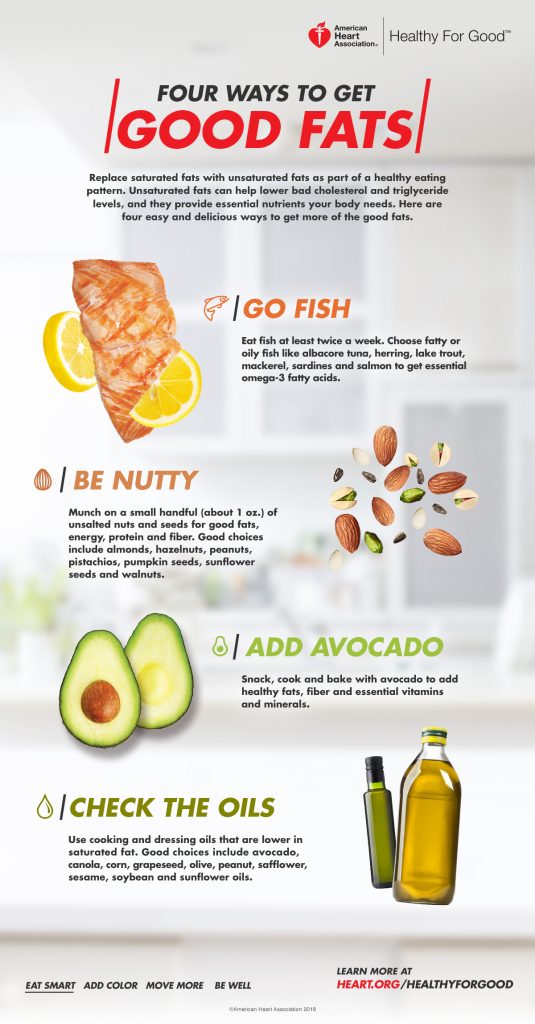 Whole-grain Pasta
Whole-grain PastaJust like whole grain bread, now whole wheat pasta is also becoming increasingly available. Half a cup of cooked whole wheat pasta has 2 grams of fiber and what’s more, it is more filling than regular pasta. Combine with other high fiber veggies and you have a meal! Check out these pasta recipes for kids:
- Minestrone Soup with Pasta
- Creamy Vegetable Pasta
- Vegetable Pasta Recipe
- Indian Style Macaroni
Besides pasta, you can also check out our range of 100% natural noodles made of whole grains and millet.
24. Brown Rice
White rice has the outer covering removed, which is why it is not as filling as brown rice. A cup of brown rice has a decent 3.5 grams of fiber, and goes great with all other ingredients from vegetables to chicken! Check out these brown rice recipes for kids:
- Okra Rice
- Paneer Vegetable Fried Rice
- Coriander Vegetable Rice
- Bell Pepper Fried Rice
- Vegetable and Soya Chunks Rice
- Brown Rice Flakes Kheer
- Brown Rice Poha
- Brown Rice Cutlets
- Coconut Rice
25.
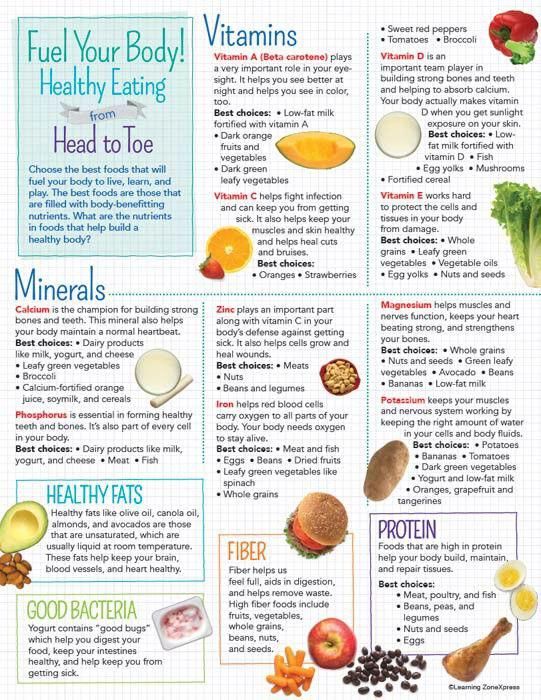 Barley
BarleyBarley has got to be the Superman of high fiber foods. With an incredible 32 grams of fiber in a cup of hulled barley, it’ll easily help taking care of your fiber needs for the day! Barley can be used in many ways, as you’ll find in our list of barley recipes for babies and kids.
26. Whole Grain Cereal
Cereal is one of the easiest things to feed kids for breakfast. After all, the only thing you need to do is serve with some milk! However, store bought cereals are notorious for being high in sugar and low on fiber. You can easily fix this with homemade cereal, which has about 9 grams of fiber in a ½ cup serving. Here are some options to try:
- Chocolate Muesli
- Fruit and Nut Granola
- Maize Flakes with Milk and Honey
27. Dried Beans
Dried beans tackle two common nutritional deficiencies in Indian kids – protein and fiber. Legumes like rajma and chana have 12-16 grams of fiber per serving, and they’re incredibly filling too! Here are some recipes you can try out with dried beans:
- Rajma Dosa
- Sprouted Moth Beans Frankie
- Rajma Veggie Quesadillas
- Rajma Sandwich
- Healthy Kidney Bean Soup
- Kid-friendly Chicken Chilli
- Chickpea Veggie Pancakes
- Roasted Chickpeas
Remember, sprouting dried beans multiplies their benefits manifold, by making their nutrients more bio-available.
Pomegranate seeds look like little jewels, and they certainly are, in terms of nutrition! These little red seeds have 3 grams of fiber in just half a cup and kids love them because of that burst of sweetness they have. Babies can try a pomegranate juice, while kids can enjoy these recipes:
- Eggless Apple Cake with Pomegranate
- Sugar Free Fruit Custard
- Sathumaavu Dahi Papdi Chaat
- Maize Flakes with Milk and Honey
- Homemade Constipation Juice
29. Corn
Corn is a popular dish with kids, probably because it is often associated with vacations and trips outside. It is one of those indulgences that are actually healthy! Half a cup of cooked corn has 1.8 grams of fiber. Here are some simple recipes to try with corn:
- Sweet Corn Fritters
- Baby Corn Fritters
- Sweet Corn Vegetable Soup
- Sweet Corn Fried Rice
- Sweet Corn Salad
- Cheese Corn Balls
30.
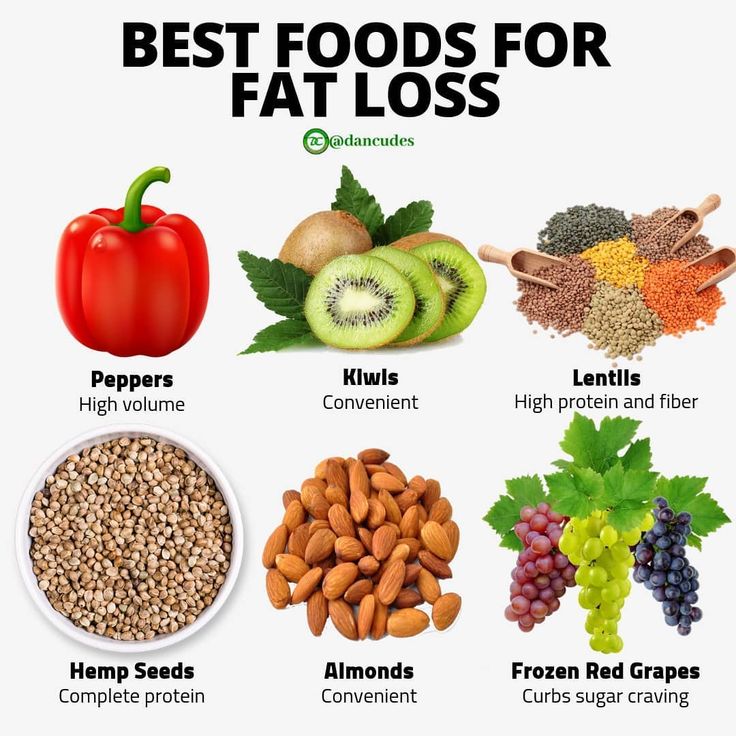 Nuts and Seeds
Nuts and SeedsAlmost all nuts and seeds are packed with fiber, and that’s great because you can switch things up with a different variety. Almonds have the most fiber, with over 3 grams in a single serving while peanuts have over 2 grams. If your child has nut allergies, you can try pumpkin seeds or sunflower seeds instead. Check out these recipes with nuts you can try:
- Dates and Nuts Cooker Cake
- Homemade Peanut Butter
- Mixed Nuts and Poha Laddu
- Pistachio and Raisin Coconut Cookies
- Homemade Almond Milk
- Almond Shortbread Cookies
- Dates Almond Milkshake
- No Bake Brownies with Dry Fruit
- No Cook Dry Fruit Modak
- Dry Fruit Jaggery Energy Bars
- Dry Fruit Balls
Here are some recipes with seeds:
- Baked Ragi Crackers with Sesame Seeds
- Dates Chia Seeds and Apricot Laddu
- Dates Sesame Seeds Laddu
Tips for feeding Kids High Fiber Foods:
- Switch your regular grain with whole grain, like replacing maida with atta, or white rice with brown rice
- Make sure there is a fruit and vegetable at every meal
- Opt for whole fruits instead of fruit juice
- Add dry fruits powder or nuts powder to cooked dishes or into batter, dough or smoothies
- Add fruit, nuts and seeds to yogurt, cereal or oatmeal
- Add vegetables like lettuce to sandwiches
- Ensure kids drink enough water along with high fiber foods
Add these high fiber foods for babies and toddlers to the child’s diet gradually, increasing the quantity slowly. When introducing a new food for babies, always follow the 3-day rule. Too much fiber can cause bloating or gas as well as abdominal pain. When buying a food that claims to be high fiber, read the label carefully. Fiber is listed under ‘Total Carbohydrates’ as ‘Dietary Fiber’. A truly high fiber food should have at least 3 grams fiber per serving.
When introducing a new food for babies, always follow the 3-day rule. Too much fiber can cause bloating or gas as well as abdominal pain. When buying a food that claims to be high fiber, read the label carefully. Fiber is listed under ‘Total Carbohydrates’ as ‘Dietary Fiber’. A truly high fiber food should have at least 3 grams fiber per serving.
Please remember that the WHO recommends exclusive breastfeeding for the first six months, and there is no need of added fiber before that. If baby seems constipated during this time, it may help for the mother to eat some high fiber foods like prunes.
Frequently Asked Questions
What baby foods have the most fiber?
Oats, all fruits and vegetables have the most fiber in them.This article lists about 30 high fiber foods for babies.
How can I add more fiber to my baby’s diet?
Babies need about 55 to 110 grams of soft cooked high fiber vegetables a day. This article lists about 30 high fiber foods for babies.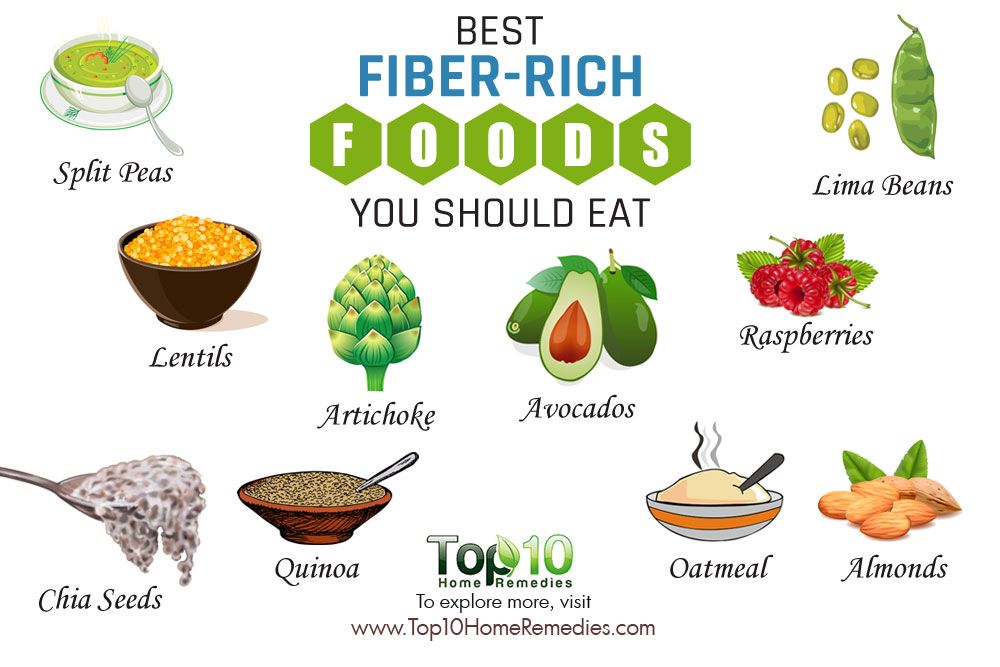
Buy Healthy Nutritious Baby, Toddler food made by our own Doctor Mom !
Shop now!5 High Fiber Rich Foods For Babies
Fiber-rich foods and recipes for prevention and treatment of constipation.
Research-backed
MomJunction believes in providing reliable, research-backed information to you. As per our strong editorial policy requirements, we base our health articles on references (citations) taken from authority sites, international journals, and research studies. However, if you find any incongruencies, feel free to write to us.
Image: Shutterstock
Fiber is an essential nutrient that adds bulk to the stools and facilitates their smooth passage. Besides, it acts as a natural prebiotic that promotes good bacteria (probiotics) growth and supports gut health. Therefore, selecting age-appropriate high-fiber foods for babies is essential. Perhaps it is the reason that the American Dietetic Association (ADA) recommends people across age groups consume sufficient amounts of dietary fiber from various plant foods (1) (2).
Scroll down to read more about dietary fiber and its possible benefits for babies, its side effects, and some high-fiber recipes you can feed to your baby. But before we dwell on details, let’s first understand the basics and learn some basic facts about fiber and its types.
Is Fiber Good For Babies?
Fiber is good for babies. The inclusion of dietary fiber in a baby’s diet can help enhance gut microflora and keep the digestive system healthy. Research suggests that the first years of life are crucial for establishing a healthy colonic microflora, as well as good eating habits (3). Thus, the intake of dietary fiber for babies is beneficial.
Dietary Fiber And Its Types
Dietary fiber or fiber is a type of complex carbohydrate found in plant foods (4). It cannot be easily digested in the small intestine, and this brings in the health benefits associated with it.
There are two forms of dietary fiber, soluble and insoluble.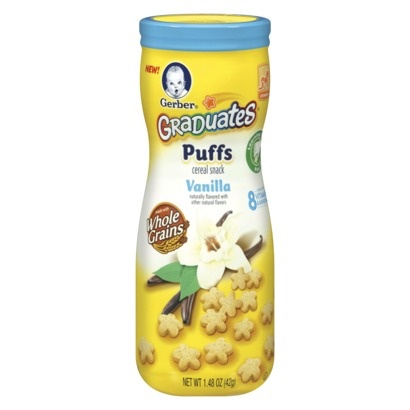 Most plant foods contain some amount of each type, which can provide specific health benefits.
Most plant foods contain some amount of each type, which can provide specific health benefits.
How Much Fiber Do Babies Need?
There are no clear guidelines on the recommended amount of dietary fiber for babies younger than one year (5) (6). Nutrition experts recommend five grams of fiber a day for children below the age of two years (7). It is best to consult a pediatric nutritionist to know about the ideal limit for your baby.
Uses Of Fiber For Babies
Fiber is an important part of an individual’s diet. It is helpful in the following ways for the baby:.
- Supports digestive health: Insoluble fiber, a type of dietary fiber present is whole grains, whole pulses, raw fruits, and vegetables is vital for maintaining digestive health. Upon ingestion, it swells up in the intestine by trapping water and adds bulk in the diet leading to smooth passage of stool. It helps prevent constipation, and supports the pH of the intestine, and prevents colonization of harmful microbes (8) (9).
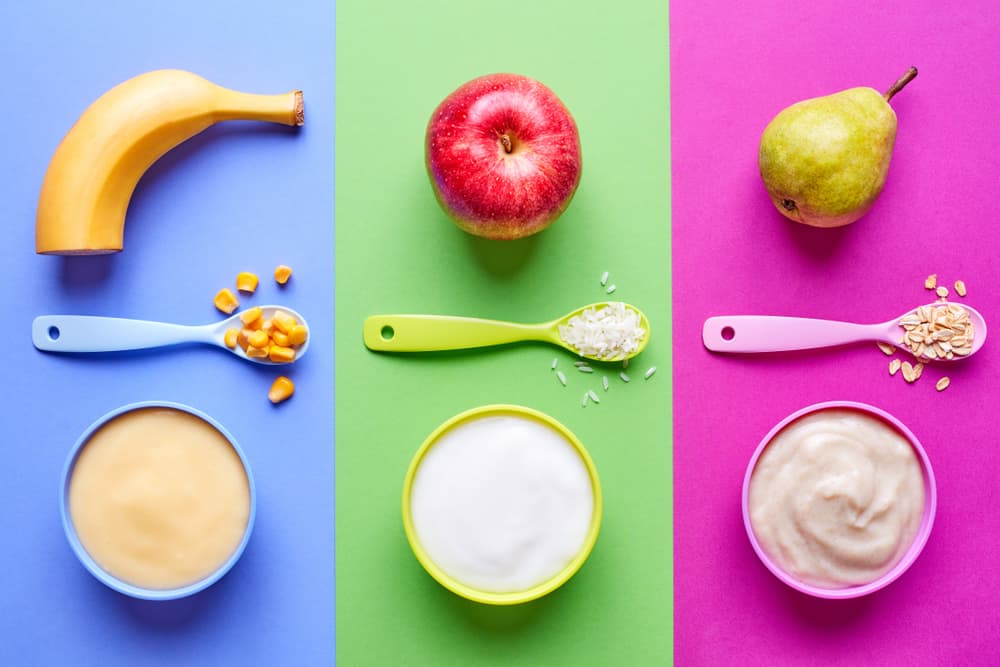
- Good for gut microflora: The total dietary fiber, i.e., soluble and insoluble fiber, works as prebiotics or food for millions of probiotic bacteria living in the human gut. According to a research study published in the Journal of Cell Host and Microbe, the type, quality, and origin of food impacts the gut microbes (10).
- Strengthen immunity: Dietary fiber works as prebiotics and helps enhance immunity by increasing the population of beneficial microbes, such as lactic acid bacteria and bifidobacteria (11) (12). These bacteria could help fight harmful pathogens, and thus boost immunity.
- Supports absorption: A healthy gut harbors healthy microbiomes that assist in the proper digestion of food and absorption of nutrients (13) (14). Both these processes are vital for maintaining overall health and well-being.
- Improves appetite: Soluble fiber helps keep the tummy full.
 On consumption, it combines with water and forms a gel-like structure that delays gastric emptying. This mechanism increases the total amount of time the food stays in the gut and thus facilitates the sensation of satiety. It also helps in the secretion of appetite-regulating hormones within the gastrointestinal tract (15).
On consumption, it combines with water and forms a gel-like structure that delays gastric emptying. This mechanism increases the total amount of time the food stays in the gut and thus facilitates the sensation of satiety. It also helps in the secretion of appetite-regulating hormones within the gastrointestinal tract (15).
There are several sources of dietary fiber for babies. In the next section, we tell you about the fiber-rich foods you can feed your baby.
High Fiber Foods For Babies
A well-balanced, fiber-rich diet for a baby includes foods from the following food groups.
1. Grains (and cereals)
You can include cereals and grains in a baby’s diet as they begin eating solids. It will add variety in the meals and ensure the intake of fiber along with other vital nutrients. A few options that you can try are oatmeal, brown rice, barley, whole wheat, and maize. Besides, you can also try adding some pseudocereals such as quinoa, buckwheat, and amaranth (16).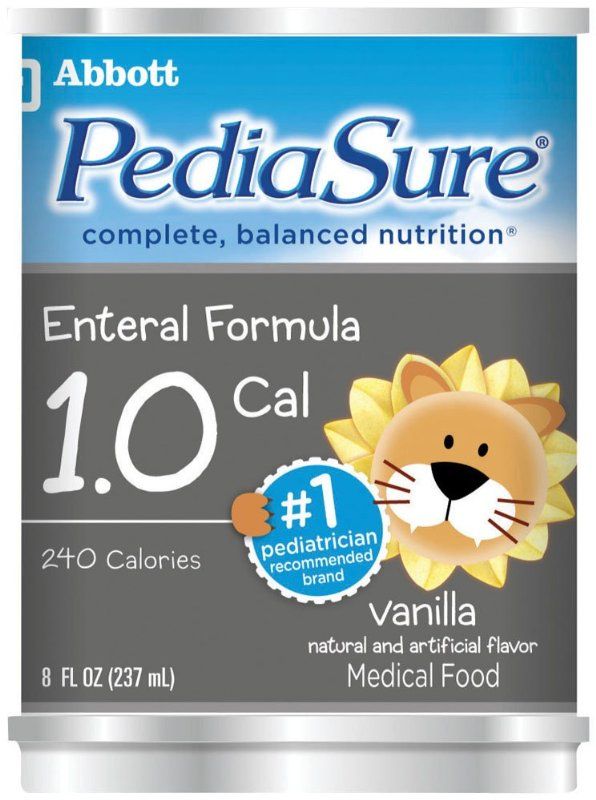
2. Vegetables
Babies can consume all vegetables pretty much at the onset of starting solids. Vegetables are a good source of micronutrients and dietary fiber. Besides, they are not high in simple carbohydrates. A few high-fiber vegetables that you could try for your baby are spinach, broccoli, beans, edamame, sweet potato, corn, and carrots. Give these vegetables in cooked and pureed form since babies might find it difficult to digest raw vegetables. Or if using the baby-led weaning approach to feeding, give the vegetables cooked until soft and cut into wedge-sized pieces for younger babies, or bite-sized pieces for older babies.
3. Fruits
Fruits contain dietary fiber and also several micronutrients. It is good to include at least one fruit a day in your baby’s diet. Some high-fiber fruits that you can consider are watermelon, muskmelon, apple, banana, strawberries, and blackberries.
4. Dried fruits
Dried fruits are potential choking hazards for babies around 6-12 months of age (17).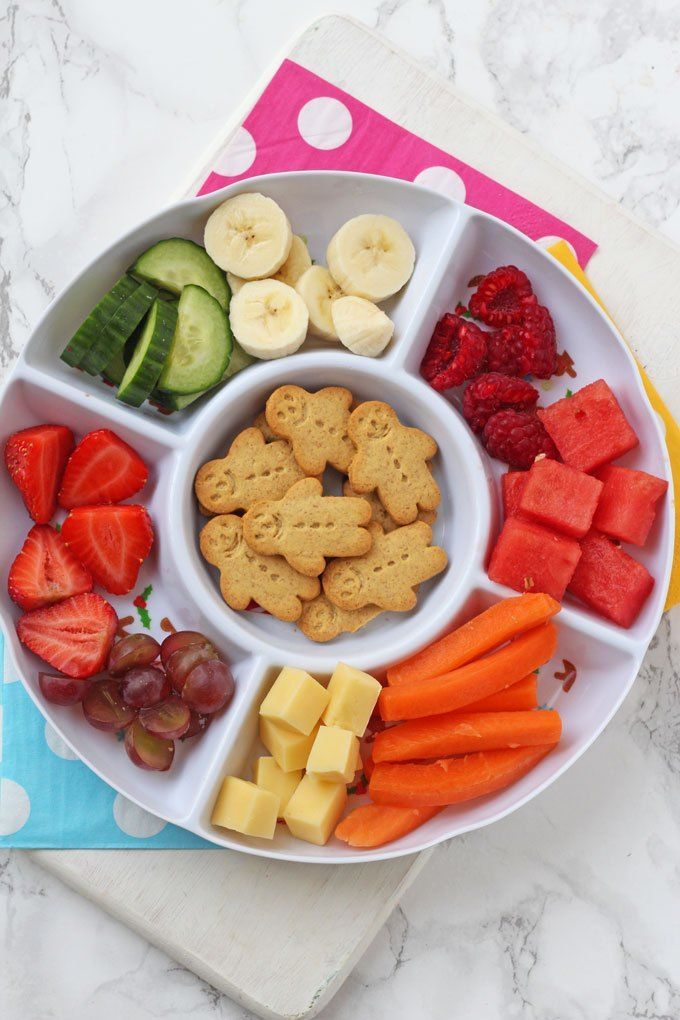 But you can serve them in cooked and pureed form. Once your baby has started finger foods, you can cook dried fruits or chop them into small pieces to feed the baby. Some of the high-fiber options are prunes, apricots, dates, and figs.
But you can serve them in cooked and pureed form. Once your baby has started finger foods, you can cook dried fruits or chop them into small pieces to feed the baby. Some of the high-fiber options are prunes, apricots, dates, and figs.
5. Pulses and legumes
Pulses and legumes are considered a good source of protein and micronutrients like iron, potassium, and folate. However, they are also good sources of dietary fiber. Some options from this food group that you could include in your baby’s diet are horse gram, Bengal gram (whole), kidney beans, split peas, lentils, and chickpeas.
Possible Side-Effects Of Excessive Fiber Intake
People who consume fiber are less susceptible to chronic diseases (1). But you shouldn’t go overboard because it could have some adverse outcomes (18).
- High fiber and low water intake may lead to constipation or diarrhea.
- It might lead to a decrease in mineral absorption, which could be detrimental to the baby’s health.

- Consuming excessive fiber may cause flatulence, bloating, abdominal cramps, and nausea.
- It may cause a decrease in appetite in some cases and might lead to growth failure.
Precautions To Take While Introducing Fiber Foods To Babies
- Observe variety and moderation in the foods you give your baby.
- Start with a single grain (or cereal) for young babies. As the baby grows older, you can start multigrain meals.
- Minimize fiber loss by not peeling fruits and vegetables. Scrape them instead.
- Consult a pediatrician before starting a new fiber food for your baby.
- Water intake, along with fiber intake, is important. Fiber needs water to function (19). Offer small amounts of water (1-2oz) in an open cup with meals. Breast milk or formula are still the primary sources of nutrition for the entire first year, so make sure to give a milk feed an hour or so before offering solids to maintain hydration levels.
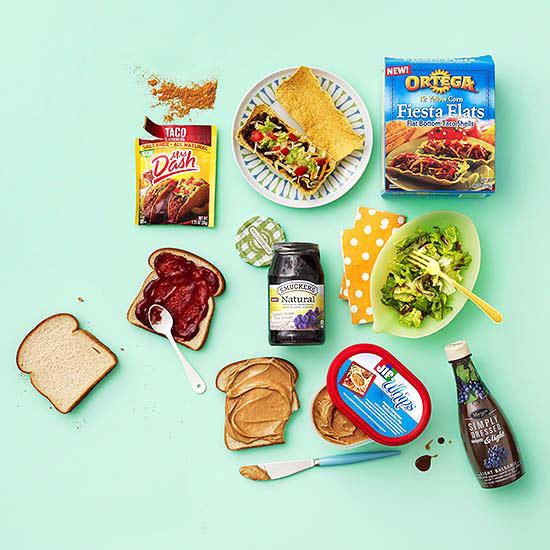
- Babies must have fiber from natural foods only. Avoid using isolated or commercial fiber.
Ways To Include High Fiber Foods In Baby’s Diet
The following are a few interesting recipes to include fiber in your baby’s diet.
For babies five to six months old
Babies at this age do not develop eating skills and digestive systems. So, the best way to introduce food to them is in the puree or mashed form. It ensures easy swallowing and digestibility.
For optimum fiber intake, vegetables like sweet potato, carrot, and green peas can be included in the diet. You can also include fruits like apple, banana, and raspberries.
1. Sweet Potato Puree
Image: Shutterstock
You will need:
- 1 sweet potato
- 1tsp extra virgin olive oil
- ¼tsp cumin (optional)
How to:
- Wash sweet potato in cold water and with a thin, bristled brush scrape its skin to remove dust and dirt from the surface.
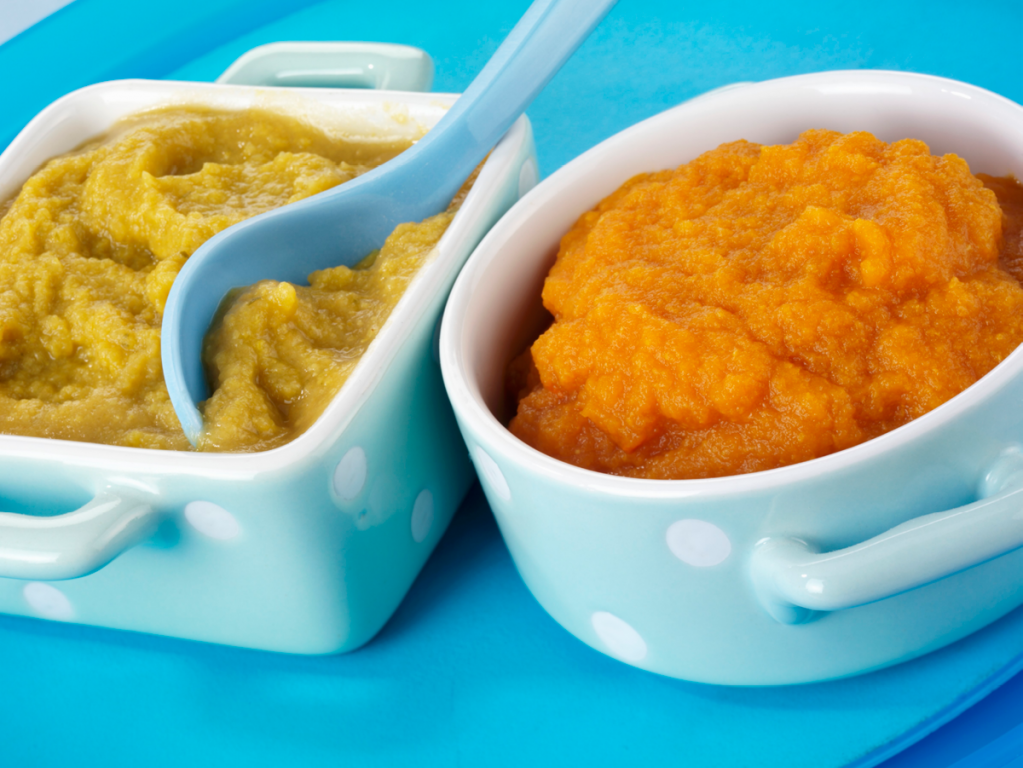
- Once it is clean, dice the sweet potato into pieces of approximately two inches in size.
- Put these pieces into a pan and place the pan on a medium flame. Add enough water to cover the pieces and cover the lid of the pan.
- Let the pieces cook for 15-20 minutes. Check with a fork if the pieces are soft.
- Once done, put the pieces with water in a blender and blend until you get a smooth paste.
- Take another pan, pour oil in it, and place the pan on low flame.
- As the oil gets heated, add cumin. Once cumin starts to flutter, add the puree in the pan.
- Keep stirring the puree and cook for three to four minutes, and then your puree is ready to serve.
2. Banana Puree
Image: Shutterstock
You will need:
- 1 ripe banana
- 2-4tbsp water
How to:
1. Peel the banana and cut it into small pieces. Put these pieces into a blender to ensure no lumps are there.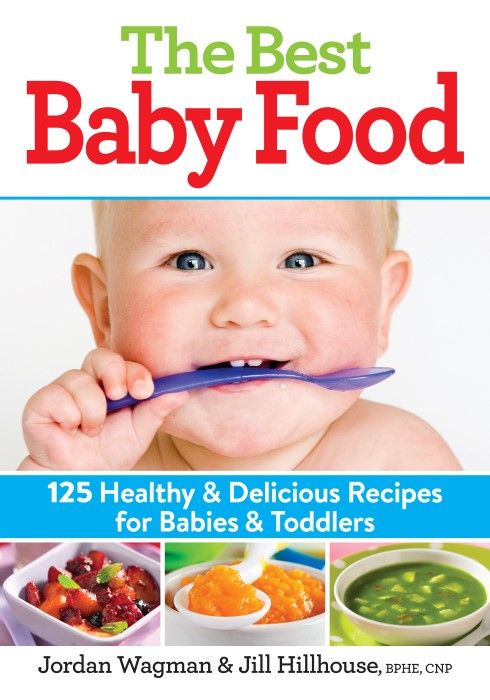
2. Add water in the blender as per requirement and blend until you get a smooth puree.
3. Pour the puree in a cup, and it is ready to serve.
Note: You can add breast milk or formula milk instead of water to make these purees smoother.
For babies 6-12 months old
Babies in this age bracket usually progress from purees to finger foods. Since the baby’s digestive system is more mature now, you can include foods from different food groups.
3. Veggie Lentil Soup
Image: Shutterstock
You will need:
- 1 cup mixed lentils
- 1 cup diced vegetables (carrots, peas, corn, broccoli, onions, tomatoes, and zucchini)
- Parsley (chopped) – for garnishing
- Lemon juice (optional)
- 2tsp virgin olive oil
- ¼tsp black pepper powder
- Salt to taste
How to:
- Take a bowl, put lentils in it, and wash thoroughly for at least two to three times and keep it aside.
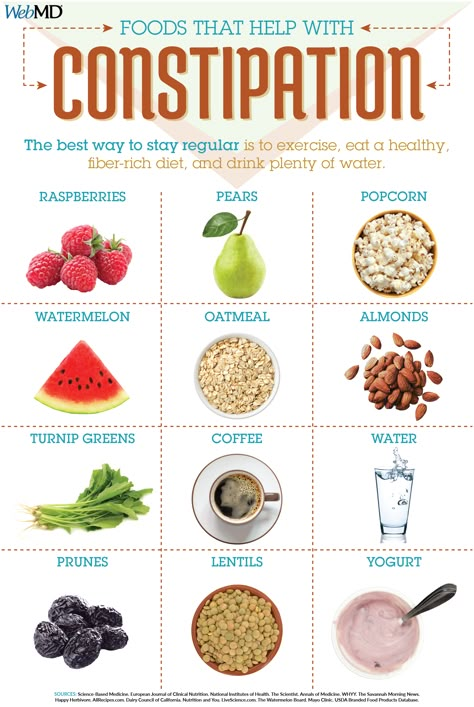
- Wash all the vegetables thoroughly in cold water. Clean them with a thin bristled brush to remove all the dust and dirt.
- Take another bowl, cut all the vegetables, and keep the bowl aside.
- Now, take an iron pot, and place it on medium flame. Pour oil in it, and as the oil gets hot, put onions in it.
- Fry the onions till golden brown, add all the vegetables in the pot, and then cook for five minutes.
- Add lentil mix in the pot and mix everything well.
- Pour water into the pot until the veggie and lentil mix gets covered. Place a lid and cover the pot
- Keep the pot on simmer and let the mix cook for 15 minutes. Check with a fork in between. If vegetables and lentils are soft, then switch off the flame.
- Once the mixture is cooked, you can transfer it into a bowl and mash it. If you want a thinner consistency, then you can also blend it.
- Add pepper powder, and lemon juice to taste and garnish with parsley. Your soup is ready to serve.

4. Yummy Roasted Vegetables
Image: iStock
You will need:
- 1 bowl of vegetable pieces (carrots, capsicum, corn, broccoli, onions, tomatoes, and zucchini)
- Lemon juice (optional)
- 2tsp virgin olive oil
- ¼tsp black pepper powder
How to:
- Wash all the vegetables thoroughly. Clean their skin with a thin, bristled brush to remove dust and dirt from the surface.
- Cut the vegetables into thin slices and place them on a roasting plate lined with baking sheet. Place the vegetables with gaps, avoid overlapping so that vegetables can get cooked evenly.
- Drizzle olive oil and sprinkle pepper.
- Preheat oven to 400°F (205°C). Place the vegetables in the oven and set the timer to 15 minutes.
- After 15 minutes, toss the vegetables and again set the oven for another ten minutes.
- Once done, place the vegetables on a serving plate and sprinkle lemon juice.
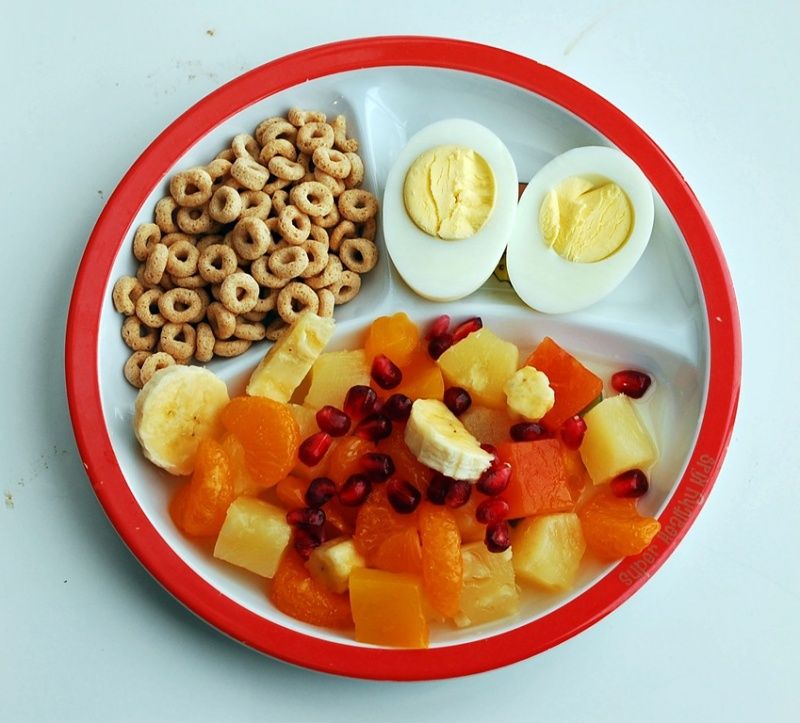 Your yummy roasted vegetables are ready.
Your yummy roasted vegetables are ready.
1. Can babies have fiber supplements?
Babies should not have fiber supplements unless recommended by a pediatrician. Natural fiber from food is preferred to isolated or commercial fiber supplements, especially for babies. The natural sources of fiber, such as fruits, vegetables, and grains, contain several other vital nutrients that are not likely to be there in fiber supplements.
2. Is oatmeal for babies high in fiber?
Oatmeal is a rich source of fiber. It is made by processing oats grain, which is particularly rich in soluble fiber called beta-glucan. Beta-glucan has some potential health benefits for babies as well as adults. In terms of nutritional value, 100g of cooked oatmeal (cooked without fat) contains approximately 2.2g fiber.
Including fiber foods for babies could benefit them in many ways. Fiber is vital for promoting gut health, immunity, and the smooth elimination of stools. Moreover, several foods are rich in fiber and easy to incorporate into a baby’s meal.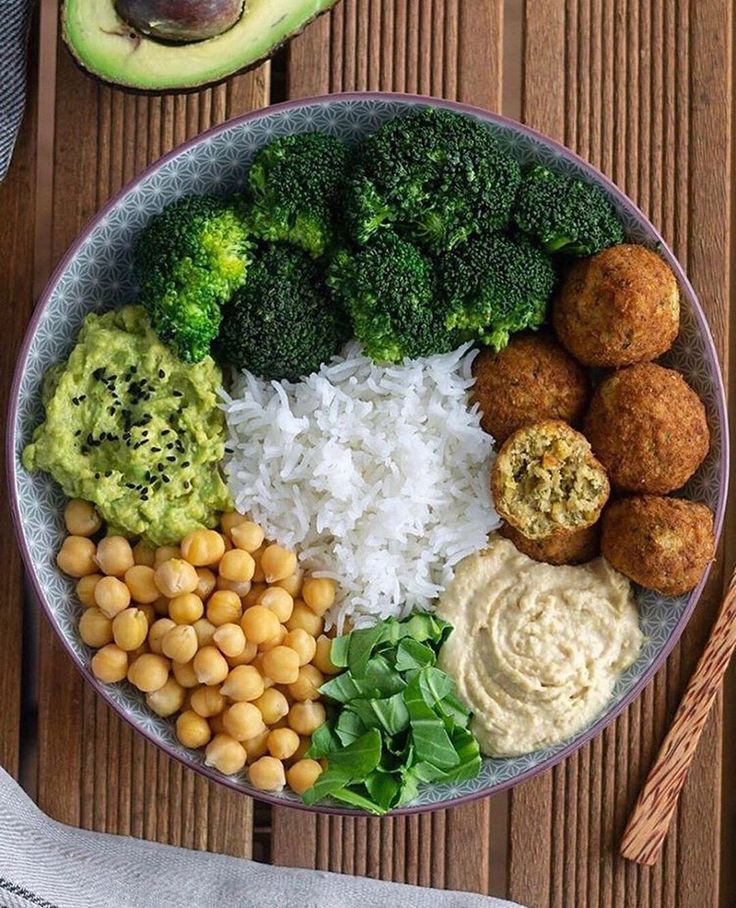 Cereals, fruits, and vegetables, including apple, banana, spinach, broccoli, and carrot, are some foods that may help meet your baby’s daily dietary fiber requirements when included in a properly cooked, age-appropriate manner. However, make sure you include fiber in your baby’s diet in moderation and through various foods.
Cereals, fruits, and vegetables, including apple, banana, spinach, broccoli, and carrot, are some foods that may help meet your baby’s daily dietary fiber requirements when included in a properly cooked, age-appropriate manner. However, make sure you include fiber in your baby’s diet in moderation and through various foods.
References:
MomJunction's articles are written after analyzing the research works of expert authors and institutions. Our references consist of resources established by authorities in their respective fields. You can learn more about the authenticity of the information we present in our editorial policy.
1. Position of the American Dietetic Association: Health Implications of Dietary Fiber; Science Direct
2. Devinder Dhingra et al.; Dietary fibre in foods: a review; National Center For Biotechnology Information
3. Edwards CA and Parrett AM; Dietary fiber in infancy and childhood; National Centre for Biotechnology Information (2003)
4. Types of Carbohydrates; Lane Community College
Types of Carbohydrates; Lane Community College
5. Eating, Diet, & Nutrition for Constipation in Children; Constipation in Children; National Institute of Diabetes and Digestive and Kidney Diseases; National Institute of Health
6. Dietary Reference Intakes: Macronutrients; National Academics
7. Alexandra Barrera; Baby Your Baby – Preventing Pediatric Constipation; Intermountain Moms; Intermountain Healthcare (2013)
8. Soluble vs. insoluble fiber; Medical Encyclopedia; Medline Plus (2018)
9. Dietary Fiber; Colorado State University (2018)
10. Makki K et al.; The Impact of Dietary Fiber on Gut Microbiota in Host Health and Disease; National Centre for Biotechnology Information (2003)
11. Schley PD and Field CJ; The immune-enhancing effects of dietary fibers and prebiotics.; National Centre for Biotechnology Information (2002)
12. Shokryazdan P et al. ; Effects of prebiotics on the immune system and cytokine expression.; National Centre for Biotechnology Information (2017)
; Effects of prebiotics on the immune system and cytokine expression.; National Centre for Biotechnology Information (2017)
13. Quigley EMM; Prebiotics and Probiotics in Digestive Health.; National Centre for Biotechnology Information (2019)
14. Paul O Sheridan et al.; Can prebiotics and probiotics improve therapeutic outcomes for undernourished individuals?; National Centre for Biotechnology Information (2014)
15. Candida J. Rebello et al.; Dietary fiber and satiety: the effects of oats on satiety; National Centre for Biotechnology Information (2016)
16. Choking Hazards; Centers For Disease Control And Prevention
17. Treatment for Constipation in Children; Constipation in Children; National Institute of Diabetes and Digestive and Kidney Diseases; National Institute of Health (2018)
18. How to Increase Volume in Your Meals; Post-Core: More Volume, Fewer Calories; Centre For Diseases Control and Prevention
19.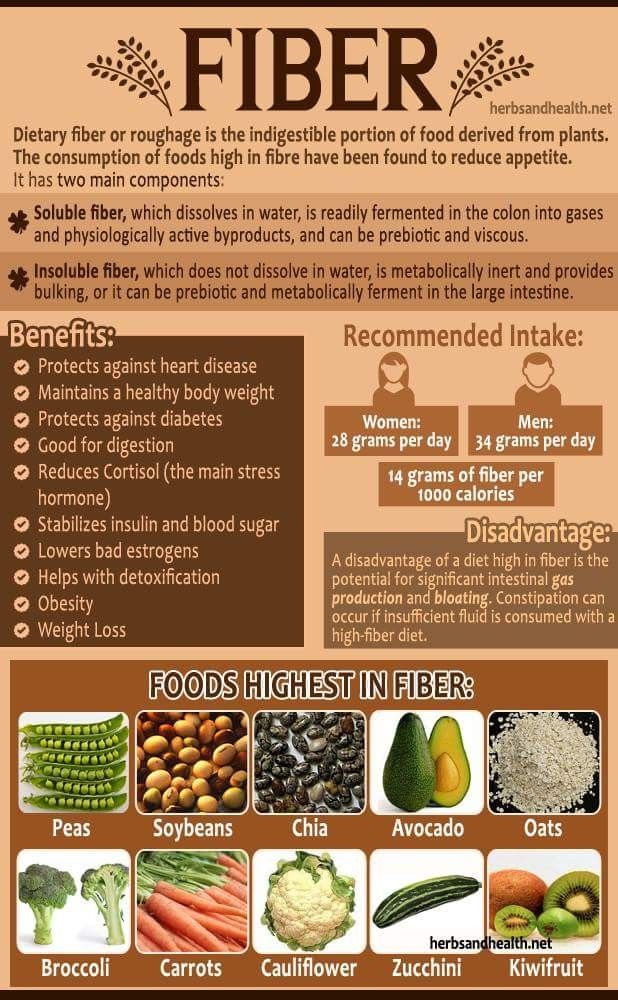 Fiber How Much Is Too Much; Student Affairs; Duke Student Health Nutrition Services
Fiber How Much Is Too Much; Student Affairs; Duke Student Health Nutrition Services
The following two tabs change content below.
- Reviewer
- Author
Swati Patwal is a clinical nutritionist, a Certified Diabetes Educator (CDE) and a toddler mom with over eight years of experience in diverse fields of nutrition. She started her career as a CSR project coordinator for a healthy eating and active lifestyle project catering to school children. Then she worked as a nutrition faculty and clinical nutrition coach in different...
View Profile ›
Natasha Uspensky is a certified holistic nutrition counselor, Ayurvedic practitioner, wellness blogger, and founder of NU Health & Wellness and The Organic Beauty. She practices a holistic approach to wellness, believing that health and happiness come from achieving a sense of balance in all areas of life — from food, movement, and environment, to relationships, community, and career.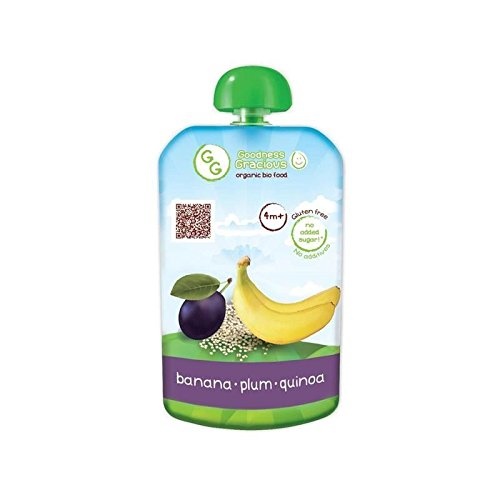 She specializes...
She specializes...
View Profile ›
10 foods that are good for bowel function
Sad statistics
A sedentary lifestyle and poor diet often have a negative impact on the digestive system. You can change the situation for the better, for example, by diversifying your diet with healthy plant fibers - fiber. This component of food, like mineral salts or water, plays one of the main roles in the life of the body, but the average person consumes it half the recommended rate (it is 30-35 g per day).
Photo: DCStudio / freepik.comFiber: not only the quantity is important, but also the quality
Not all types of fiber are equally useful. The term "fiber" itself is somewhat outdated, and in most cases we use the concept of "dietary fiber". But not all types of fibers are created equal. Distinguish between insoluble fiber (the so-called "coarse fibers") and soluble.
Insoluble fiber
Coarse, insoluble fiber, like a "broom", cleanses the intestinal walls and stimulates its peristalsis.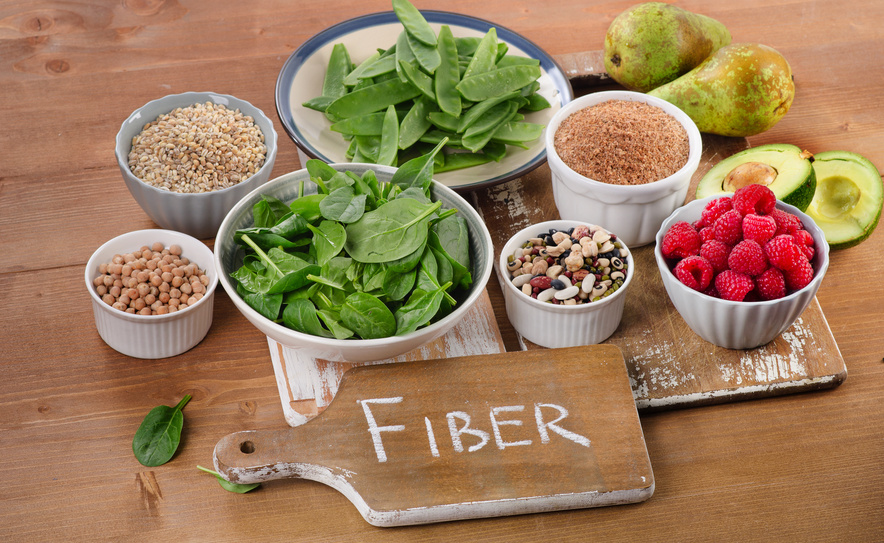 However, a large amount of insoluble fiber can cause increased gas formation in the intestines and even spasmodic pain. Bran not only cleanses the intestines of harmful substances, but also slows down the process of assimilation of minerals and vitamins by the body. Moreover, an excess of coarse fibers in the body helps to reduce the level of testosterone in the blood in men. Fruits, vegetables and bran contain for the most part exactly coarse, insoluble fiber, therefore, when they are consumed in large quantities, discomfort is inevitable.
However, a large amount of insoluble fiber can cause increased gas formation in the intestines and even spasmodic pain. Bran not only cleanses the intestines of harmful substances, but also slows down the process of assimilation of minerals and vitamins by the body. Moreover, an excess of coarse fibers in the body helps to reduce the level of testosterone in the blood in men. Fruits, vegetables and bran contain for the most part exactly coarse, insoluble fiber, therefore, when they are consumed in large quantities, discomfort is inevitable.
Soluble fiber
Soluble fiber swells and turns into a gel in the presence of liquid, softening the stool and facilitating their elimination. In addition, soluble fiber helps remove cholesterol, bile acids, and digestive waste products from the body from the colon, and helps regulate blood sugar levels. A diet high in soluble fiber helps relieve constipation, reduces the risk of hemorrhoids, lowers cholesterol and blood sugar levels, helps maintain a normal weight, reduces the risk of colon cancer, heart disease, and type 2 diabetes.
Here are 10 healthy foods richest in coarse plant fibers.
1. Whole grain bread. One of the most affordable sources of fiber, trace elements and vitamins is wholemeal bread. Rye bread is considered to be the most useful: it is low in calories and contains a lot of dietary fiber, which lowers blood sugar and cleanses the digestive tract. By the way, rye bread is often included in therapeutic diets, as 2-3 pieces a day help normalize digestion.
2. Bran and cereals. A plate of cereals with pieces of fruit for breakfast is almost 14 g of pure fiber. For example, a bowl of oatmeal covers a quarter of a person's daily fiber requirement, and the starch contained in oats is slowly digested and absorbed, providing a feeling of satiety for a long time.
3. Lentils and other legumes. One cup of cooked lentils contains about 16 grams of fiber. Moreover, it is a unique source of iron and zinc, and also does not accumulate toxins, and therefore it is considered an environmentally friendly product. Other legumes are also rich in dietary fiber. A cup of black beans contains about 15 grams of fiber, while a cup of beans has 13 grams. In general, all legumes are a healthy addition to the diet. But you need to add them to the diet gradually in order to avoid increased gas formation and bloating.
Other legumes are also rich in dietary fiber. A cup of black beans contains about 15 grams of fiber, while a cup of beans has 13 grams. In general, all legumes are a healthy addition to the diet. But you need to add them to the diet gradually in order to avoid increased gas formation and bloating.
4. Berries: raspberries, strawberries, blueberries, gooseberries. Most berries are very high in fiber. One cup of raspberries, which are virtually unaffected by processing, contains 8 grams of fiber and only 60 calories.
5. Avocado. Avocados are high in fiber: one medium fruit contains about 12 g of healthy fiber. This fruit is able to improve the composition of the intestinal microflora, increase peristalsis and is a prophylactic against constipation.
6. Almonds, pistachios and other nuts. High-calorie almonds (1 serving of 30 g almonds contains 161 calories) are highly concentrated in nutrients: almost 13 g of unsaturated fat and 3.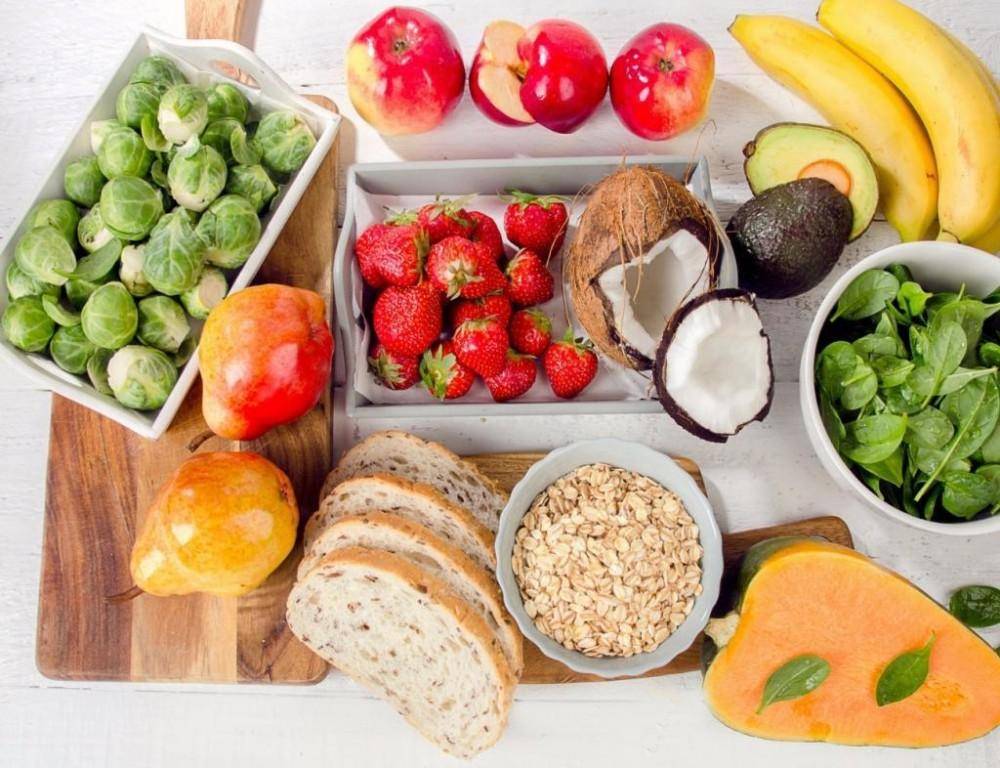 4 g of fiber - about 14% of the daily recommended value. Pistachios have fewer calories, but there are also enough benefits. American scientists have found that in order to increase the elasticity of arteries and lower cholesterol by 8.5%, it is enough to eat 70-80 grams of pistachios per day. By the way, they can be consumed separately or added to porridge, yogurt, pastries or sauces.
4 g of fiber - about 14% of the daily recommended value. Pistachios have fewer calories, but there are also enough benefits. American scientists have found that in order to increase the elasticity of arteries and lower cholesterol by 8.5%, it is enough to eat 70-80 grams of pistachios per day. By the way, they can be consumed separately or added to porridge, yogurt, pastries or sauces.
7. Pear is also rich in useful fibers: a medium-sized fruit contains up to 5 g of fiber. This fruit contains more fructose than glucose (as you know, fructose does not require insulin for its absorption in the body), and therefore it is considered useful in violation of the pancreas.
8. Flaxseed contains both soluble and insoluble fibres, and a tablespoon contains 2.8 g of fiber. Flaxseed oil is often used as a laxative, and flaxseed products lower blood cholesterol levels. When applied orally, the gastrointestinal tract is enveloped in the mucus secreted by them, which is beneficial for ulcers, gastritis and other inflammatory processes.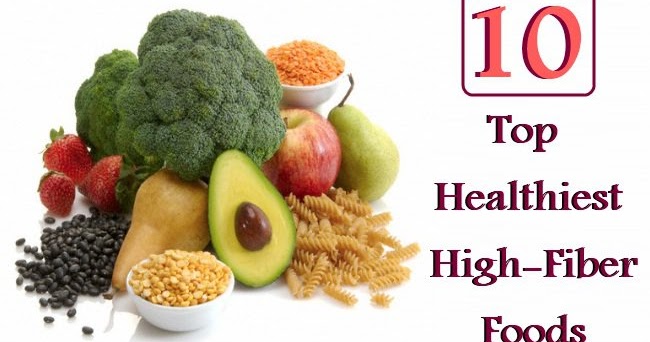 The high content of mucus in flaxseed protects the inflamed mucosa of the esophagus and gastrointestinal tract from irritation, and reduces the absorption of toxins. Flax seeds facilitate the removal of undigested food residues, which has a positive effect on constipation and obesity.
The high content of mucus in flaxseed protects the inflamed mucosa of the esophagus and gastrointestinal tract from irritation, and reduces the absorption of toxins. Flax seeds facilitate the removal of undigested food residues, which has a positive effect on constipation and obesity.
9. Dried fruits: raisins, prunes. Prunes have a beneficial effect on bowel function and one of the reasons for this is their high fiber content (3.8 g per half glass). Other dried fruits are also rich in fiber. To improve digestion, it is advised to add figs, dates, raisins, apricots or other dried fruits to the diet as a snack between meals. However, it should be remembered that dried fruits are very high in calories, and you should not consume them in large quantities.
10. Green vegetables. Green leafy vegetables are an excellent source of iron, beta-carotene and insoluble fiber. One cup of spinach, turnip leaves, or beets contains 4 to 5 grams of fiber. Also among the leaders in fiber content among vegetables are cauliflower, green bell pepper, broccoli, radish, black radish, savoy cabbage, beets, cucumbers, carrots, celery, asparagus, kohlrabi, zucchini.
Also among the leaders in fiber content among vegetables are cauliflower, green bell pepper, broccoli, radish, black radish, savoy cabbage, beets, cucumbers, carrots, celery, asparagus, kohlrabi, zucchini.
Gut help
You don't have to eat kilos of fruits and vegetables to get your fiber intake. There is an easier and more useful way to enrich your diet with soluble fibers - this is Phytomucil norms. It contains only high-quality soluble fiber - the shell of the seeds of a special variety of plantain Psyllium, and the pulp of the plum. Fitomucil norms ensures the restoration of the natural rhythm of the intestines and its regular release without pain, without spasms and without swelling. Enough 2 sachets a day and the intestines will work like clockwork!
dietary supplement. Not a drug
Advertised
Sources
- Cordeiro BF., Alves JL., Belo GA., Oliveira ER., Braga MP.
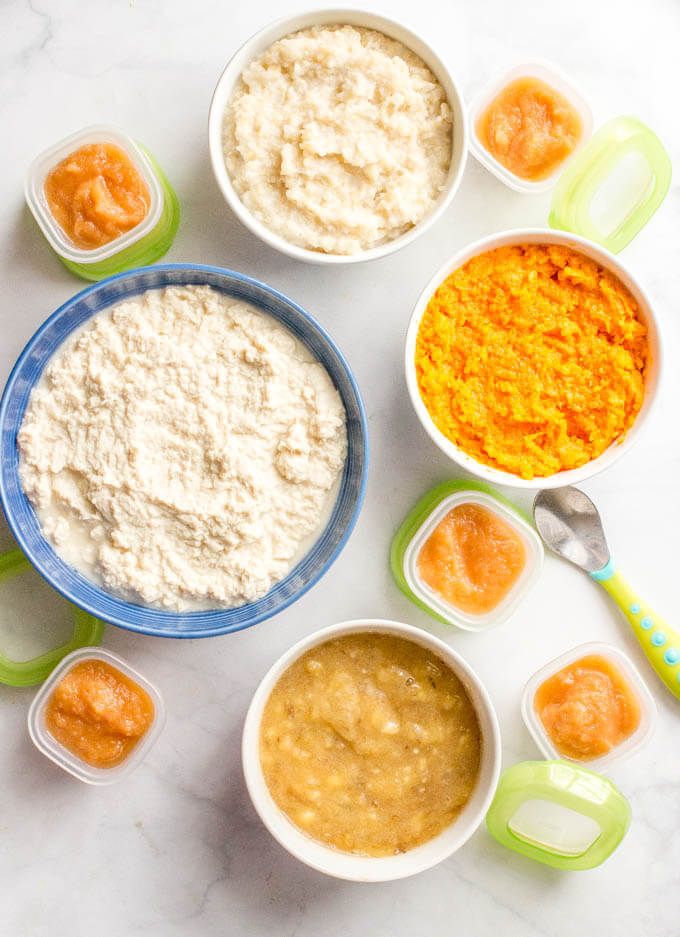 , da Silva SH., Lemos L., Guimarães JT ., Silva R., Rocha RS., Jan G., Le Loir Y., Silva MC., Freitas MQ., Esmerino EA., Gala-García A., Ferreira E., Faria AMC., Cruz AG., Azevedo V., do Carmo FLR. Therapeutic Effects of Probiotic Minas Frescal Cheese on the Attenuation of Ulcerative Colitis in a Murine Model. // Front Microbiol - 2021 - Vol12 - NNULL - p.6239twenty; PMID:33737918
, da Silva SH., Lemos L., Guimarães JT ., Silva R., Rocha RS., Jan G., Le Loir Y., Silva MC., Freitas MQ., Esmerino EA., Gala-García A., Ferreira E., Faria AMC., Cruz AG., Azevedo V., do Carmo FLR. Therapeutic Effects of Probiotic Minas Frescal Cheese on the Attenuation of Ulcerative Colitis in a Murine Model. // Front Microbiol - 2021 - Vol12 - NNULL - p.6239twenty; PMID:33737918 - Yamashita LM., Corona LP., Dantas da Silva E., Monteiro de Mendonça AP., de Assumpção D., Barros Filho AA., Barrett JS., Geloneze B., Vasques ACJ. FODMAP project: Development, validation and reproducibility of a short food frequency questionnaire to estimate consumption of fermentable carbohydrates. // Clin Nutr - 2020 - Vol - NNULL - p.; PMID:33309413
- Renna M., Signore A., Paradiso VM., Santamaria P. Faba Greens, Globe Artichoke's Offshoots, Crenate Broomrape and Summer Squash Greens: Unconventional Vegetables of Puglia (Southern Italy) With Good Quality Traits. // Front Plant Sci - 2018 - Vol9- NNULL - p.
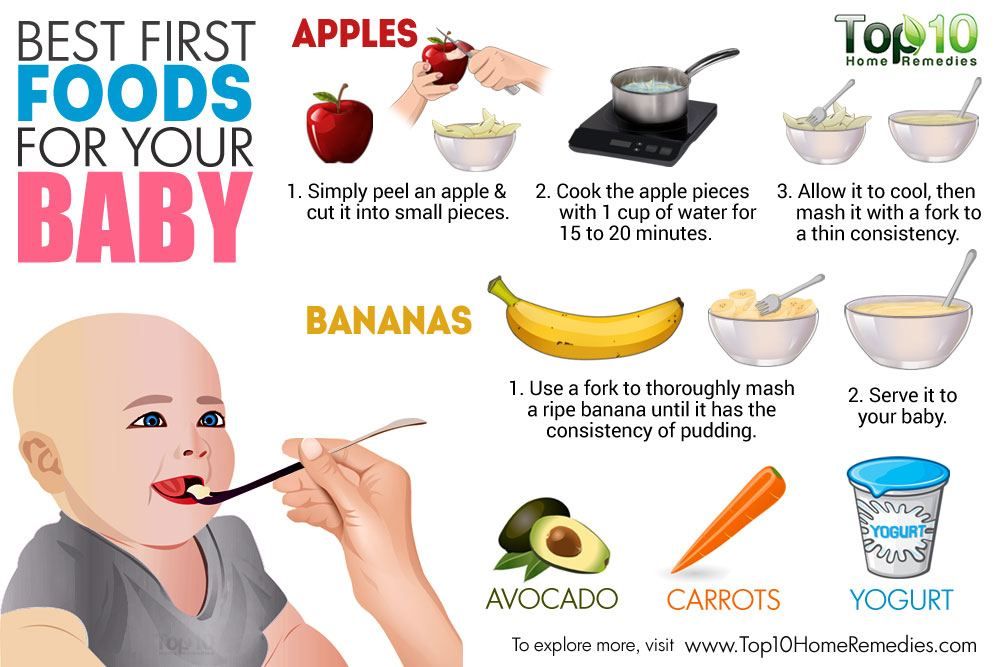 378; PMID:29636760
378; PMID:29636760
what products contain, how to take them correctly according to doctors
Fiber by its nature is food hollow fibers, and by chemical affiliation it is a complex carbohydrate. But unlike most of the carbohydrates that we get from food, it is not broken down in the gastrointestinal tract and is not absorbed into the blood, but passes through the intestines in transit. Why, in this case, is it necessary to include foods rich in fiber in the diet if dietary fiber does not linger in the body? This is because in a short time spent in the gastrointestinal tract, fiber manages to do a lot of useful things - provided that it enters the body in sufficient quantities.
Let's talk about the benefits of fiber and the foods that you should pay attention to if you want to enrich your diet.
Useful information about fiber
| Types of fiber | • Soluble. It is not digested in the body, but is easily soluble in water.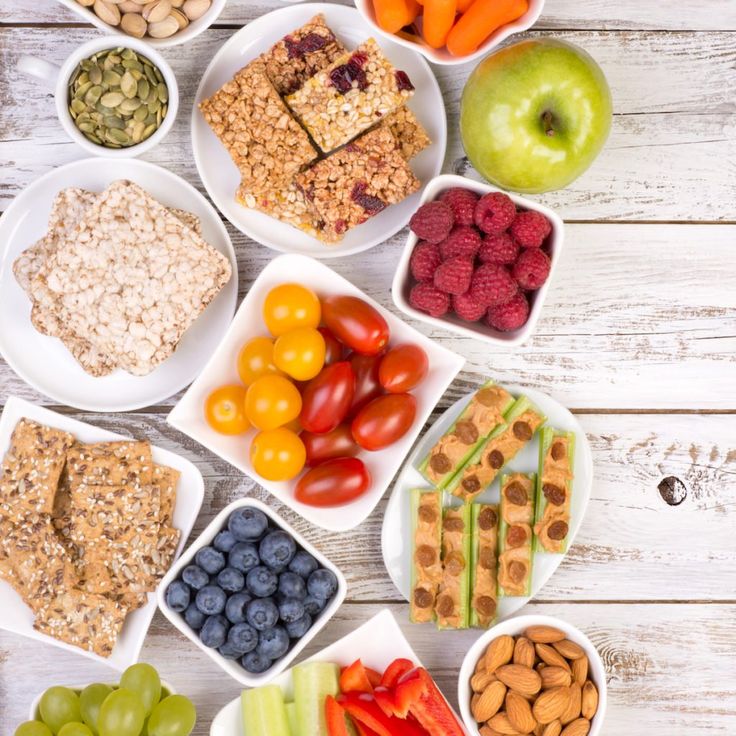 Therefore, in the gastrointestinal tract it swells, turns into a gel-like substance. It is a prebiotic that promotes the growth of beneficial microorganisms in the colon. It is found mainly in vegetables, fruits, legumes, potatoes, algae. Therefore, in the gastrointestinal tract it swells, turns into a gel-like substance. It is a prebiotic that promotes the growth of beneficial microorganisms in the colon. It is found mainly in vegetables, fruits, legumes, potatoes, algae. • Insoluble. It does not dissolve in water, is not digested, remains in its original form, passing through the gastrointestinal tract. Absorbs fluid and absorbs (i.e. absorbs) the by-products of digestion. Found in cereals, citrus fruits. |
| Possible benefits of fiber | • Removes toxins and other harmful substances; • slows down the absorption of fats and carbohydrates, helping to lower blood sugar and cholesterol levels; • improves the intestinal microflora; • creates a feeling of fullness, prevents overeating; • improves insulin sensitivity; • helps to cleanse the intestines, prevents constipation; • prevents diverticulitis (protrusions - "bags" in the intestines, in which food gets stuck). |
| Possible damage to fiber | • Constipation - occurs when there is not enough fluid. • Flatulence, bloating - a consequence of "brute force" with fiber. • Together with toxins, this substance can flush out useful microelements and vitamins – this also happens when there is an excess amount of fiber in the body. |
| Consumption rate | Daily allowance for women: up to 50 years - 30 g, after 50 years - 25 g. Daily allowance for men: up to 50 years - 38 g, after 50 - 30 g. |
| Why is it better to use foods rich in fiber | The body perceives vegetables rich in fiber well with protein products: meat, poultry, fish. You can combine seeds, nuts with kefir or natural yogurt. Legumes are compatible with almost all products. Cereals are useful with seafood, mushrooms, herbs. |
| Unsuitable combinations for products containing fiber | • Cereals and meat. • Nuts and meat. • Fruits and any other products. |
By the way!
Many vegetables and fruits contain two types of dietary fiber. For example, in the pulp of apples, the fibers are soluble, in the peel - insoluble.
Who is recommended to eat foods rich in fiber
Fiber has a beneficial effect not only on the gastrointestinal tract, but on the entire body. Therefore, it is recommended for people with certain problems or requests.
For weight loss
Do not lose weight directly from fiber. But she plays an important role in this process. Getting into the gastrointestinal tract, fiber swells, creates volume and a long feeling of satiety. In addition, dietary fiber helps improve insulin sensitivity. This means that the risk of fat deposition is reduced.
For the prevention of diabetes and type 2 diabetes
High fiber foods have a lower glycemic index. So, with their help, you can maintain optimal blood sugar levels.
For constipation
Particles of insoluble fibers irritate receptors in the intestinal mucosa, thereby activating its motility. In addition, fiber increases the volume of feces and softens it, which helps to get rid of constipation. This is especially important for hemorrhoids - softened feces pass through the rectum without irritating the mucous membrane (1).
But too much fiber can have the opposite effect.
For the intestines
Fiber enters the intestines unchanged and passes through it, taking with it everything the body does not need. In addition, dietary fiber regulates the intestinal microflora, preventing the development of dysbacteriosis, and puts the excretory function of the intestine in order.
What foods contain fiber
Fiber is found in foods of plant origin. Therefore, meat, dairy products, fish are generally not considered as sources of dietary fiber. Most fiber in cereals, legumes, nuts.
Therefore, meat, dairy products, fish are generally not considered as sources of dietary fiber. Most fiber in cereals, legumes, nuts.
Among vegetables there are leaders in fiber content: green peas, Brussels sprouts, broccoli, carrots. Berries and fruits are not inferior to vegetables in terms of fiber content. Raspberries, blackberries, bananas, apples and pears were especially distinguished.
The list of fiber-rich foods is quite extensive, including all types of cabbage, artichoke, pumpkin seeds, bulgur, asparagus, chickpeas, parsnips, pumpkin, beets, celery, hazelnuts, sweet potatoes, turnips, guava, pistachios, eggplant and many others .
We have compiled a list of foods with the highest fiber content.
1. Wheat bran
Photo: pixabay.com This is the outer shell of the wheat grain. Champion in fiber content - 43.6 g per 100 g of product. There are, of course, bran and other cereals, but it is wheat that is considered as a digestible source of fiber, because. they are more easily absorbed by the body.
they are more easily absorbed by the body.
Bran, if there are no contraindications, can be eaten as an independent product, poured with boiling water or kefir, or added to cereals and other dishes. They can be included in the dough for pancakes, bread and other baked goods. If you are trying this product for the first time, it is best to start with a teaspoon of bran per day, gradually increasing the daily rate to three tablespoons (that's about 5 g of fiber).
In addition to fiber, bran contains useful minerals, including deficient selenium.
2. Chia seeds
Photo: pixabay.comWhole grain product. The fiber content in the popular superfood is more than 30 g per 100 g of product. In addition, tiny chia seeds are a source of many vitamins and minerals and omega-3 fatty acids. The seeds clearly demonstrate their ability to absorb water when soaked: they swell, turning into a gel-like mass.
They can be consumed as such, sprinkled on salads, cereals or added to yoghurts and baked goods, used instead of eggs as a thickening agent.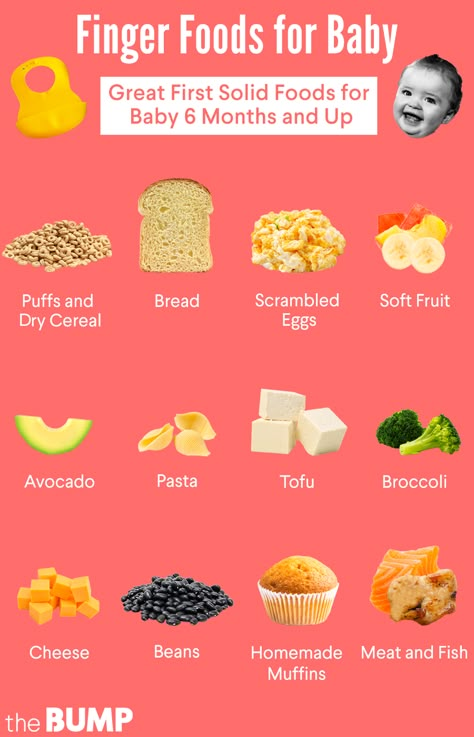 It is recommended to consume the seeds at two tablespoons per day - this is approximately 11 g of fiber.
It is recommended to consume the seeds at two tablespoons per day - this is approximately 11 g of fiber.
Learn more
3. Flax seeds
Photo: pixabay.comThe value of flaxseed is that it contains soluble and insoluble fiber. A total of about 27 g of dietary fiber per 100 g of raw seeds. Plus plenty of omega-3 fatty acids.
To assimilate flax seeds, it is recommended to soak or grind before use, add them to yoghurts, kefir, cereals, pastries, salads. One to two tablespoons of flax seeds is 1 g of soluble and 3 g of insoluble fiber.
Learn more
4. Mushrooms
Photo: pixabay.comMushrooms become especially useful after drying. Dried porcini mushrooms contain 26.4 g of fiber per 100 g of the product, fresh - 12 g. Chanterelles contain about 8 g of fiber per 100 g.
Mushrooms, moreover, are a low-calorie product rich in vegetable protein.
Learn more
5. Carrots
Photo: pixabay.com The fiber content of carrots increases after drying. Raw, the popular root vegetable contains 2.8 g of fiber per 100 g of product, boiled - a little less, 2 g, and dried - 23.6 g of dietary fiber.
Raw, the popular root vegetable contains 2.8 g of fiber per 100 g of product, boiled - a little less, 2 g, and dried - 23.6 g of dietary fiber.
Carrots do not need advertising, they are part of various dishes, from salads to desserts. And it is valued as a source of beta-carotene, part of which is converted into vitamin A.
6. Beans
Photo: pixabay.comBeans are valued as a rich source of vegetable protein and fiber. In different varieties of beans, its amount varies, but on average it is 15-18 g per 100 g of product. Most fiber in black and lima (moon) beans.
The number of bean dishes is huge, it goes well with a variety of products. To neutralize phytic acid, beans must be soaked for several hours before cooking.
7. Dried apricots
Photo: pixabay.comThe case when a fresh product is noticeably inferior in fiber content to a dried one: in apricots 2.1 g per 100 g, and in dried apricots - 18 g.
A large amount of vitamins adds benefits to dried fruit and minerals to normalize the work of the heart and blood vessels.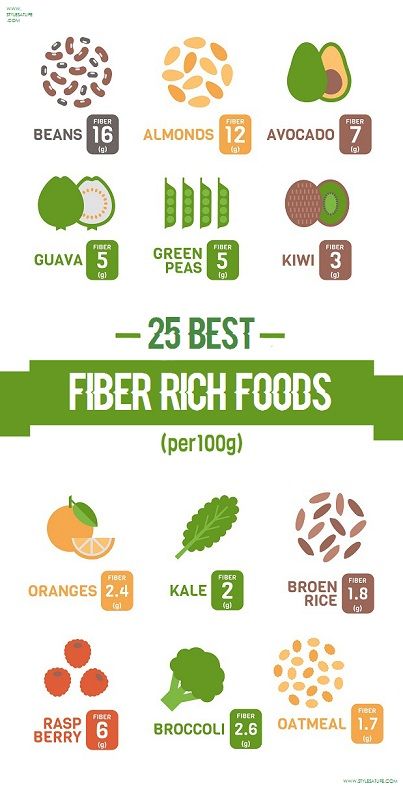 And the excellent taste makes dried apricots an excellent addition to cereals, yoghurts and other compatible products.
And the excellent taste makes dried apricots an excellent addition to cereals, yoghurts and other compatible products.
It is important to buy a quality product and wash thoroughly before use.
Learn more
8. Sesame
Photo: pixabay.comIt's amazing how many useful things fit in these little seeds. For example, about 17 g of fiber per 100 g of product. And also a high content of such vital trace elements as selenium, iron, magnesium, phosphorus, copper, calcium, etc.
You can sprinkle sesame seeds on salads, add it to pastries and meat dishes. Sesame seeds are an essential ingredient in hummus. To neutralize phytic acid, sesame seeds are best roasted in a dry frying pan. But you should not get involved in them - the product is quite high-calorie.
9. Figs
Photo: pixabay.com Figs are a good source of fiber both fresh and dried. In dried fruits, the content of dietary fiber is higher - up to 18 g per 100 g. A handful of dried figs can provide your body with half the daily fiber requirement. Dried fruit can be added to porridge, yogurt, smoothies, pre-soaked.
Dried fruit can be added to porridge, yogurt, smoothies, pre-soaked.
In addition, figs are valued as a heart-healthy fruit: they contain magnesium, potassium, B vitamins and other beneficial nutrients.
Learn more
10. Barley
Photo: pixabay.comBarley contains 15.6 g of fiber per 100 g of product. No wonder barley porridge is called a "brush for the digestive tract." In addition, barley is rich in lysine, which is involved in the production of collagen, and other amino acids. It contains many vitamins and minerals, including selenium.
Learn More
11. Unsweetened Coconut Pulp
Photo: pixabay.com You don't need to buy and crack a whole coconut to get fiber from this product. Coconut flesh is sold in crushed form and is widely used in desserts. 100 g of coconut pulp contains about 15 g of fiber. Of the vital minerals, first of all, copper and manganese can be noted, which are necessary for the metabolism of fats and fermentation processes.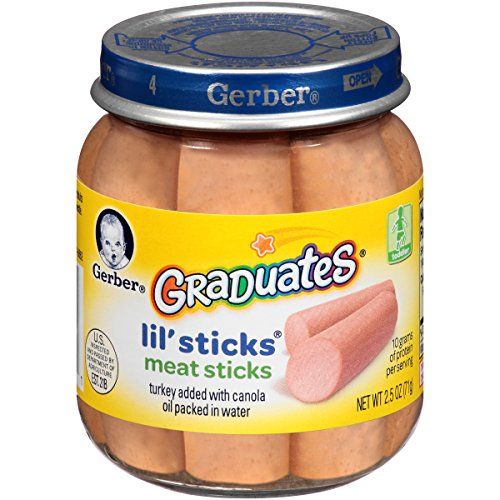
12. Apples
Photo: pixabay.comApples contain both soluble and insoluble fibers, cutting off the skin means depriving yourself of fiber. But apples, like many other fruits, become richer in fiber when they lose moisture. Therefore, the top fiber-rich foods include dried apples (14 g of dietary fiber per 100 g). Apple chips, which are easy to make yourself, are a great snack option instead of unhealthy fast food.
Learn more
13. Almond
Photo: pixabay.comAlmonds contain more fiber than any other nuts - 12.5 g per 100 g. In addition, almonds are a source of valuable trace elements and vitamins that have a positive effect on health. Conducted studies confirm the positive effect of this product in diabetes (2).
A handful of almonds has 4 g of fibre. To get the maximum benefit from the nut, it must be soaked before use.
Learn more
14. Oatmeal
Photo: pixabay.com Oats are one of the healthiest grains. 100 g of dry oatmeal contains 10 g of fiber, which consists of insoluble fibers (5.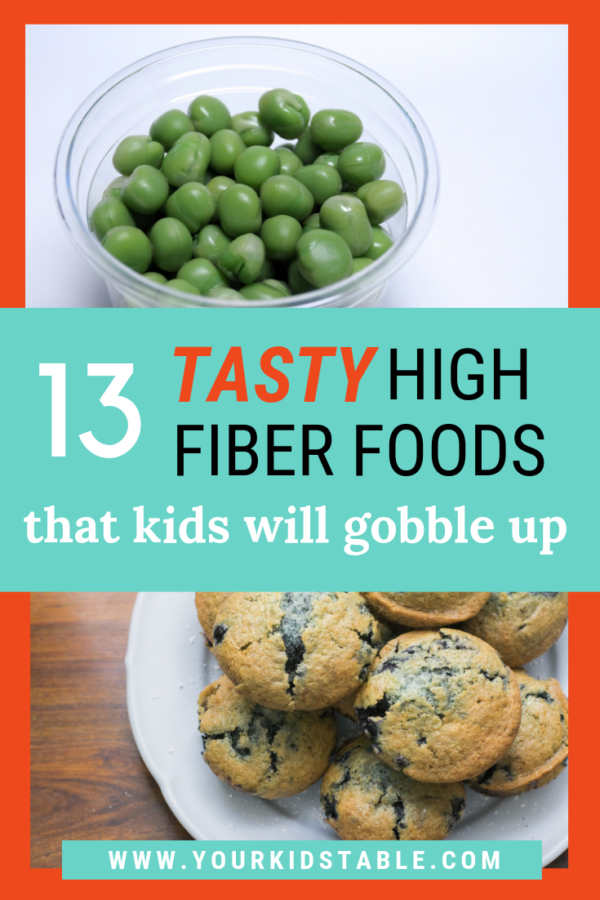 8 g) and soluble (4.2 g). Moreover, the latter are mainly beta-glucan, which helps reduce bad cholesterol and stabilize sugar levels. A serving of oatmeal porridge cooked with water is 4-6 g of fiber.
8 g) and soluble (4.2 g). Moreover, the latter are mainly beta-glucan, which helps reduce bad cholesterol and stabilize sugar levels. A serving of oatmeal porridge cooked with water is 4-6 g of fiber.
Learn more
15. Avocado
Photo: pixabay.comA fruit with a unique oily structure, valued for its high content of healthy monounsaturated fats, folic acid, potassium and other beneficial nutrients.
Avocados are consistently ranked among the top high fiber foods. One fruit weighing just over 100 g contains 9-13 g of fiber. Unlike other high-fiber foods, avocados have the least amount of antinutrients that can interfere with the absorption of minerals and vitamins.
It is used raw as an independent dish, or as an addition to salads, sandwiches.
Learn more
16. Buckwheat
Photo: pixabay.com 100 g of buckwheat contains 10 g of fiber. Unlike many cereals, buckwheat does not contain gluten, is rich in antioxidants, atypical for cereals. And buckwheat protein is unique in its composition and the presence of amino acids, which are usually found not in plants, but in meat and dairy products.
And buckwheat protein is unique in its composition and the presence of amino acids, which are usually found not in plants, but in meat and dairy products.
Learn more
17. Dark chocolate
Photo: pixabay.comDark chocolate contains 10.9 g of fiber per 100 g. This is due to the high content of dietary fiber in cocoa beans. Therefore, if we consider dark chocolate as a source of fiber, then only without additives that contradict a healthy diet and with a cocoa bean content of at least 70%.
By the way, almost a third of cocoa powder consists of fiber, and a drink made from it can also be considered as a source of dietary fiber.
18. Lentils
Photo: globallookpress.comWater-cooked lentils contain 7.9 g of fiber per 100 g of product. This representative of legumes contains a large amount of protein, few calories, almost no fat, an impressive set of vitamins and minerals (including group B), iron, phosphorus, copper, selenium.
Lentils are good as a low glycemic side dish, they are used in soups and cereals and even in desserts.
Learn more
19. Raspberry
Photo: pixabay.comRaspberry is one of the leaders in fiber content among berries: 7 g per 100 g of product. And one of the tastiest sources of dietary fiber. Contains juicy berry and vitamins B, C, E, K, manganese, potassium and magnesium. A glass of raspberries contains about 50% of the daily dose of vitamin C and about 40% of manganese. The berry can be eaten just like that, but it is also good as an addition to desserts and cereals.
20. Peas
Photo: pixabay.comA good source of fiber in any form. Even in young green peas, it is contained in a decent amount - 5.6 g per 100 g of product. And dry peas boiled in water contain more than 8 g of fiber per 100 g.
Peas are primarily nutritious soups, as well as side dishes and salads.
21. Gooseberries
Photo: pixabay.com Gooseberries contain 4.3 g of fiber per 100 g. It contains various vitamins and minerals. Gooseberries can be eaten fresh, made into jams or jams, added to desserts. Citric acid, found in gooseberries, has been shown to help prevent stroke and Alzheimer's disease (3).
Citric acid, found in gooseberries, has been shown to help prevent stroke and Alzheimer's disease (3).
Find out more
How to eat fiber-rich foods
Fiber-rich foods require a special approach to get the maximum benefit from them and not harm the body. By and large, they are all harmless, the only question is how and with what they are eaten. And here there are important nuances.
Fiber needs water
Entering the stomach, fiber swells in volume, presses on the walls of the stomach and intestines, and the brain receives a signal of satiety. But in order to start this mechanism, it is necessary that there is a sufficient amount of water in the body at this moment. Therefore, at least half an hour before meals, you should drink a glass of water or herbal tea.
Soak legumes, nuts and cereals
Nuts, legumes, seeds, cereals must be soaked before cooking and eating. Everyone has their own soak time. For buckwheat, 5 hours is enough, and for almonds, you need twice as much.
The fact is that in addition to useful fiber, all these products contain phytic acid, which is harmful to humans, which prevents the absorption of vegetable protein and beneficial micro- and macroelements.
Raw is better than cooked
Fiber tolerates heat treatment well and does not disappear. But in fresh products it is more. Therefore, what can be eaten raw is better consumed in this form than boiled.
But it happens that in the process of cooking the volume of a product (for example, spinach) decreases, you can eat more of it, which means that more fiber will enter the body.
Save the peel
If the peel of a fruit or vegetable is edible, don't discard it - you'll waste about ⅓ of the fiber with it. For example, an apple contains about 3.7 g of fiber. After peeling off the skin, 2.4 g will remain.
Follow the incremental principle
Increase your fiber intake in increments of 2 g until you reach the recommended daily intake. Also gradually increase the amount of water consumed.
Also gradually increase the amount of water consumed.
Cooking the right porridge
Whole grains are preferred for porridges. You can cook in milk or water, adding dried fruits, nuts, berries to the finished porridge for taste.
Combining food correctly
Meat with vegetables, not cereals. Cereals are best combined with herbs, mushrooms, seafood (examples of dishes: risotto, paella, buckwheat with mushrooms, etc.). Porridge with berries is also a good option. Nuts are good as an independent snack or as an addition to yogurt or kefir. Legumes can be combined even with meat, even with vegetables. But fruit is better to eat in general separately.
Physician's comments on fiber foods
— Sufficient fiber intake is essential for good health. And it's not just about the good work of the digestive tract. After all, different types of dietary fiber have a wide range of effects: from normalizing cholesterol and blood glucose levels, to immunomodulatory and antitumor effects, - says Svetlana Zelentsova, nutritionist, member of the Association of Physicians of Integral Preventive and Anti-Aging Medicine, Candidate of Medical Sciences .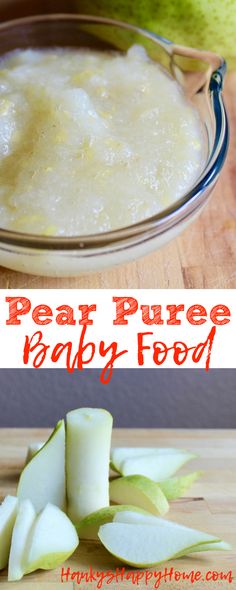 “In addition, fiber helps control body weight and is also critical for the gut microbiota. Large studies have shown the dependence of the development of coronary heart disease, metabolic syndrome, obesity and intestinal cancer on the amount of fiber consumed.
“In addition, fiber helps control body weight and is also critical for the gut microbiota. Large studies have shown the dependence of the development of coronary heart disease, metabolic syndrome, obesity and intestinal cancer on the amount of fiber consumed.
- It should be remembered that excessive consumption of dietary fiber can adversely affect the intake of other nutrients in food, - notes Yulia Esipenko, gastroenterologist, therapist. - Too much dietary fiber reduces the absorption of fats and, accordingly, vitamins A, D, E and K. Also, an excess of fiber can lead to malabsorption of calcium, zinc and iron.
Excess fiber can cause diarrhoea. And if a person has gastritis or stomach ulcers, pancreatitis, cholecystitis, colitis and anemia, excessive fiber intake is undesirable. Care must be taken with bran. On the one hand, they are very rich in composition: wheat bran contains insoluble fiber and combines a complex of vitamins PP, B1, B2, B6, E and provitamin A necessary for the body. They are rich in minerals such as magnesium, potassium, chromium, copper , zinc, etc.
They are rich in minerals such as magnesium, potassium, chromium, copper , zinc, etc.
But bran is contraindicated in exacerbations of diseases of the gastrointestinal tract: colitis, gastritis, enteritis, duodenal ulcer, stomach, erosion, adhesions in the abdominal cavity. When the exacerbation passes, bran can be consumed again by pouring boiling water over them and drinking plenty of water.
Frequently Asked Questions
Fiber-rich foods are plentiful, but many people's diets may not be enough. Filling the deficiency of dietary fiber is easy. Here's what the experts advise.
How do I get my daily fiber requirement?
- To get enough fiber, you need to eat whole foods (grains, vegetables, fruits and legumes), whole grain cereals (barley, oatmeal, brown rice, buckwheat, bulgur, millet, wheat grains), use dietary fiber supplements , flax and chia seeds, give preference to high-fiber berries (raspberries, strawberries, blueberries, blackberries), do not cut the peel from vegetables and fruits, add fiber during breakfast, lunch and dinner, recommends gastroenterologist Yulia Esipenko.
How to compensate for fiber deficiency?
“Unfortunately, the average daily diet is extremely low in dietary fiber,” says nutritionist, anti-aging medicine doctor Svetlana Zelentsova. - To remedy the situation, first of all, it is necessary to eat a variety of vegetables with each meal. In this case, in addition to fiber, you will get a lot of other biologically active substances. Useful in this regard will be mushrooms, legumes, seeds, nuts, cocoa. You can use some tricks.
For example, greens are not eaten raw, but slightly steamed. In this case, most of the fiber remains intact, but the volume of the finished product is significantly reduced - so you can eat more of it.
Add vegetables to any meal: minced meats, casseroles, sauces, soups. As a thickener, you can use mashed cauliflower or pumpkin. Instead of juices, opt for smoothies. If it is not possible to get the required amount of fiber with food at all, it is possible to use them in the form of supplements. The industry now offers them in large quantities.
The industry now offers them in large quantities.
• Psyllium (psyllium husk). It is used for constipation, diarrhea and as an additional source of fiber. Depending on the desired effect, it can be used as a powder or added to pastries, sauces, etc. Warning: May cause allergic reactions!
• Flaxseed, chia seeds. Good source of soluble fiber. But it is important to monitor the expiration date: the fats in their composition are quickly oxidized. Especially if the seeds are already crushed.
• Inulin (Jerusalem artichoke, chicory) is a powerful prebiotic. It also promotes the absorption of useful minerals (calcium, magnesium, etc.).
• Apple, beet, citrus pectins —
are able to effectively remove heavy metals from the body, reduce excess cholesterol and glucose.
• Gum - these additives delay gastric emptying, thereby maintaining a feeling of fullness, and also normalize blood glucose levels.
• Special types of fiber: fungi and algae beta-glucans, crustacean chitosan, etc.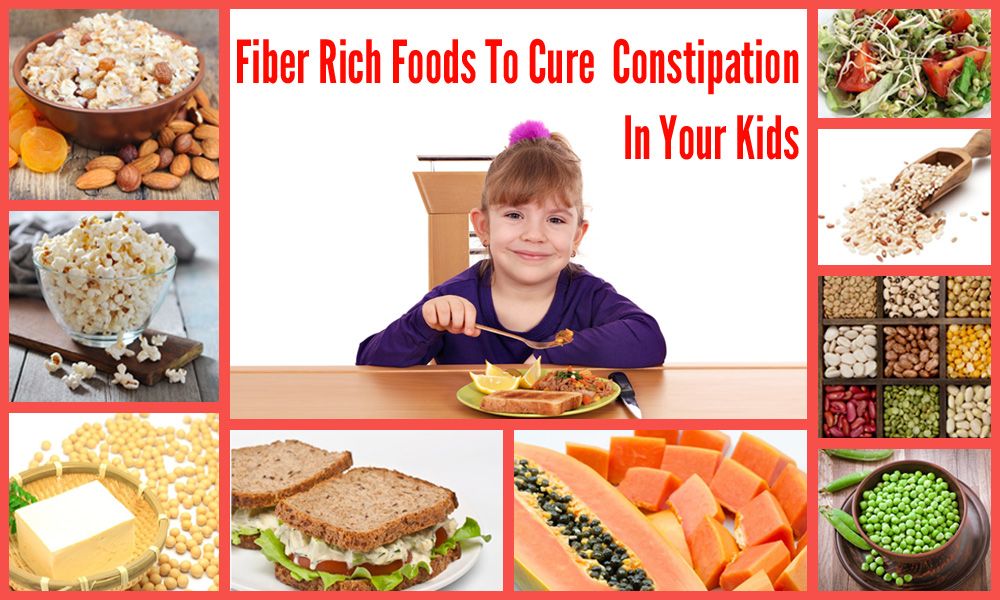 - have a powerful effect on the body, including immunomodulatory, antitumor and other effects. It is advisable to discuss their reception with a specialist.
- have a powerful effect on the body, including immunomodulatory, antitumor and other effects. It is advisable to discuss their reception with a specialist.
But various types of bran are rather rough substances in relation to the intestinal mucosa.
It is important to gradually increase the proportion of fiber in the diet, otherwise gastrointestinal disorders (bloating, cramps, stool disorders, etc.) are possible. Combine different types of fibers. And it is absolutely essential that you drink plenty of fluids, especially when taking fiber supplements.
If one type of fiber doesn't work for you, another might work.
Increasing the amount of fiber in the diet in the presence of SIBO (small intestinal bacterial overgrowth syndrome) and IBS (irritable bowel syndrome) leads to worsening of symptoms. In this case, preliminary treatment of these conditions is required.
Can there be an excess of fiber in the body? Why is he dangerous?
This is possible if you exceed the norm of fiber intake per day and bring its amount in the diet to 50 g and more.





